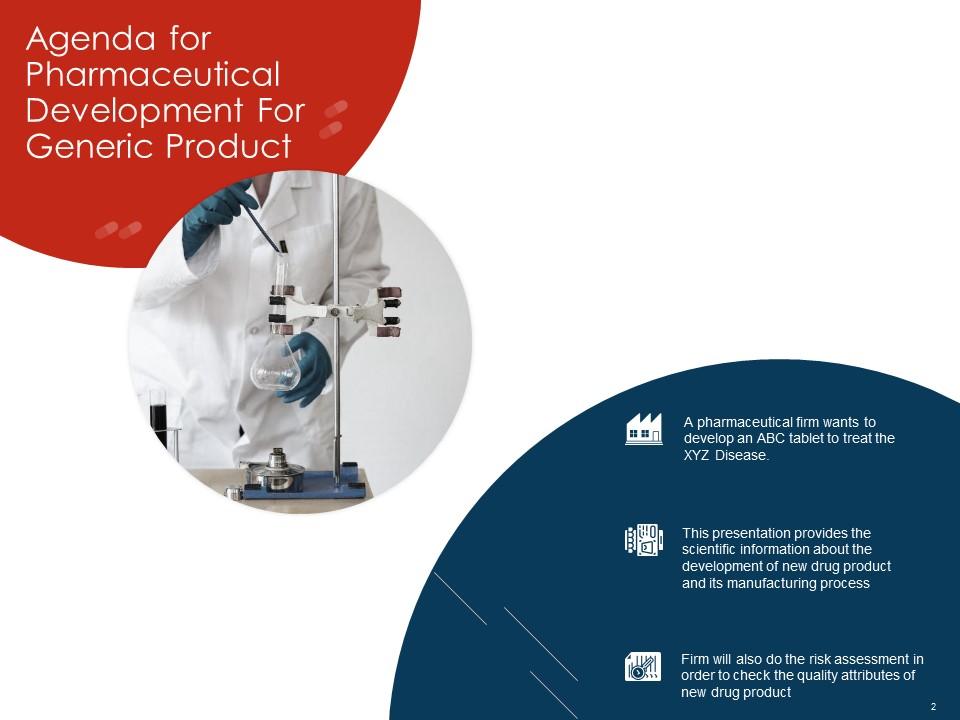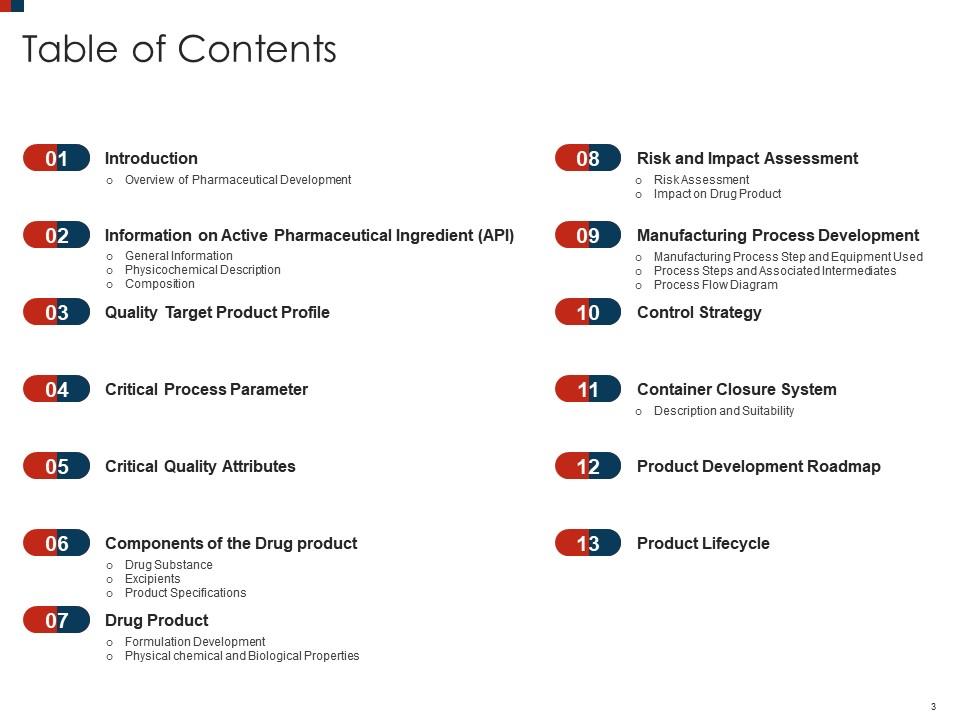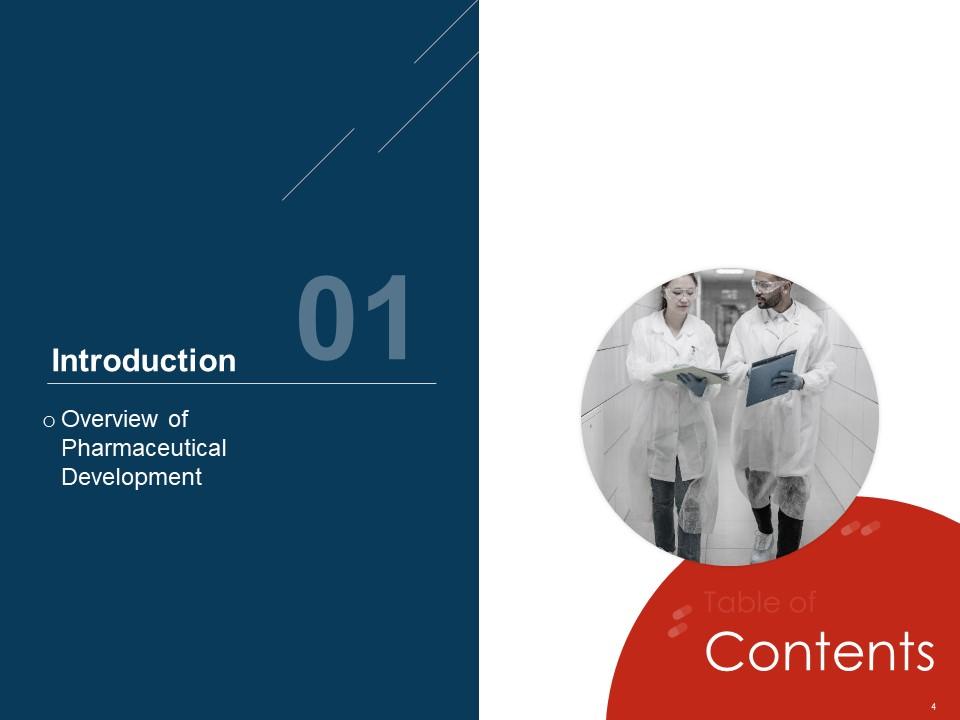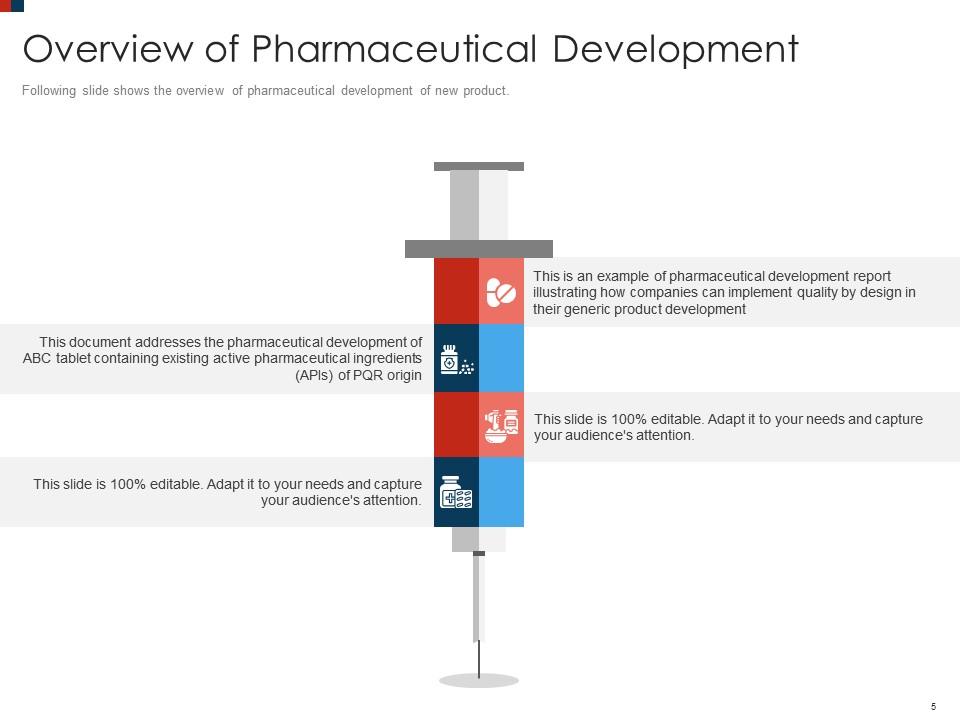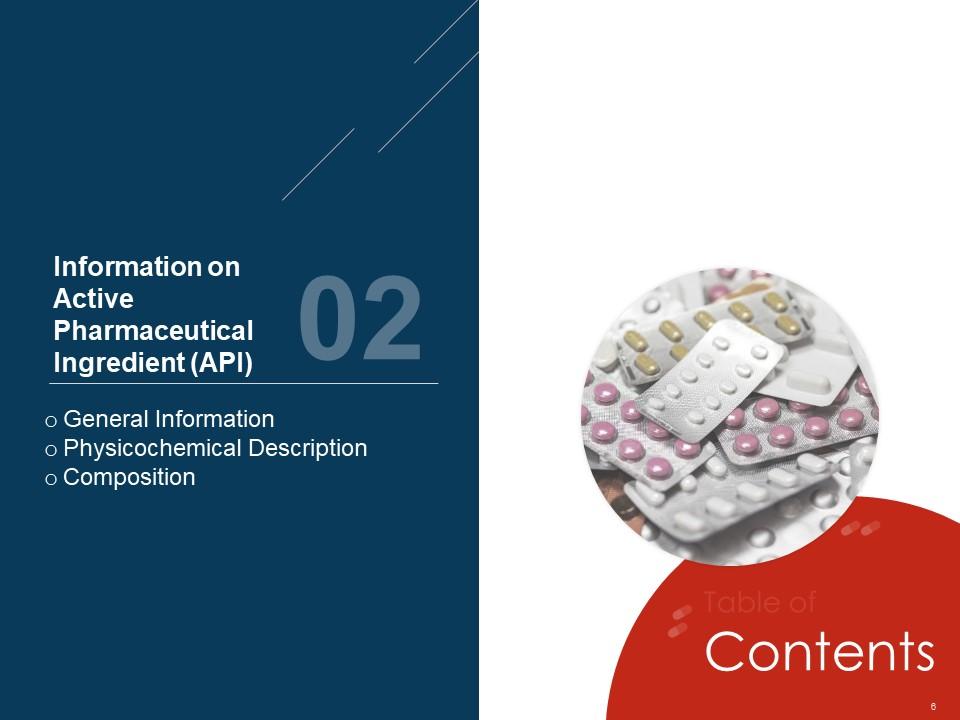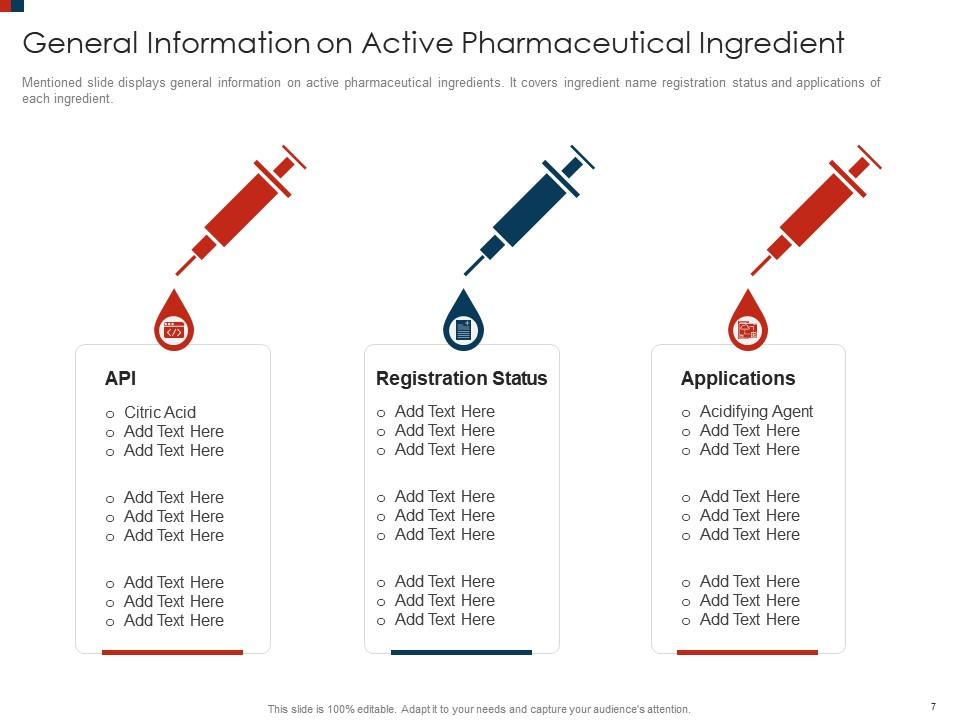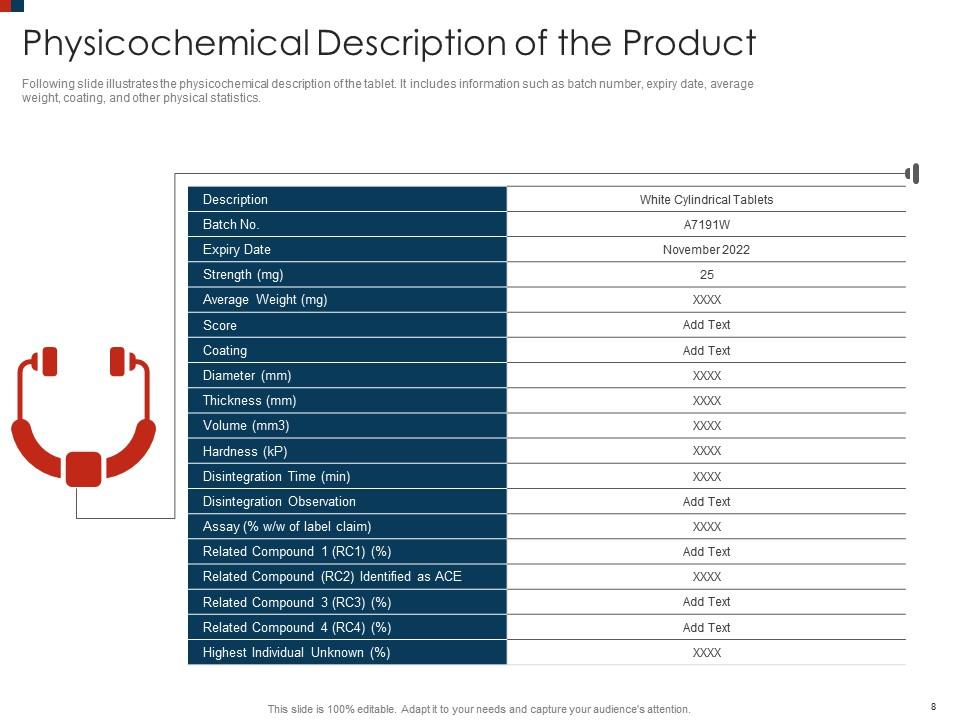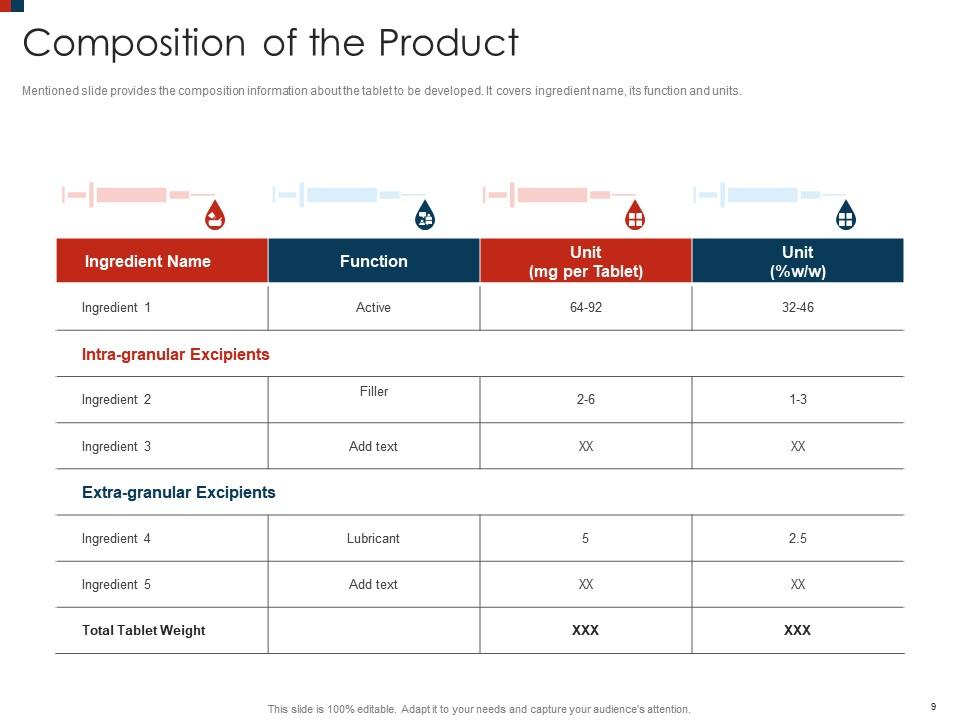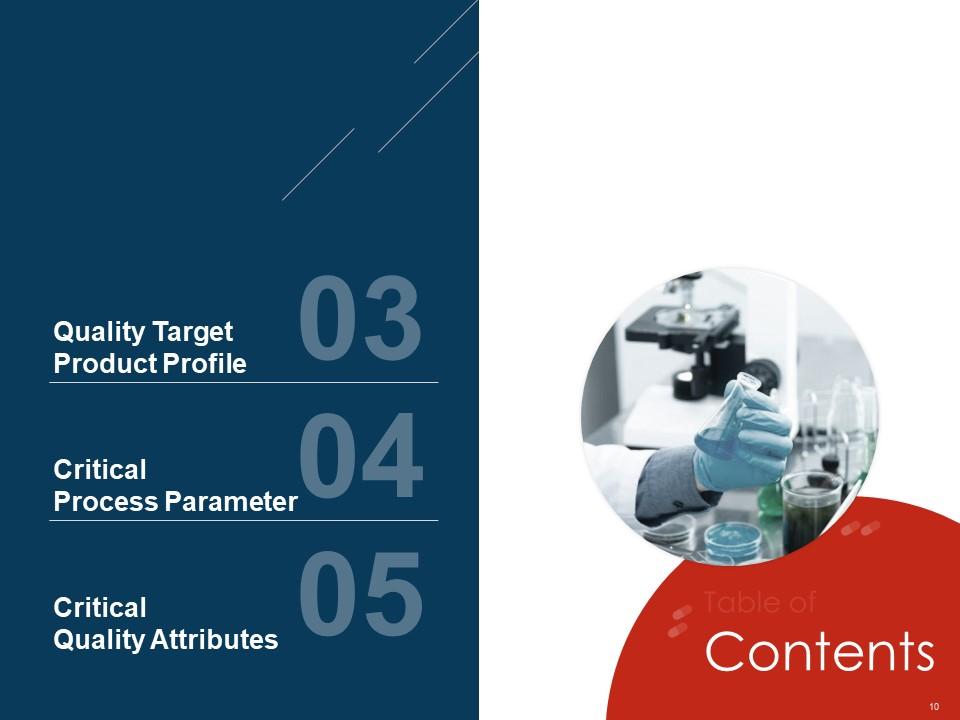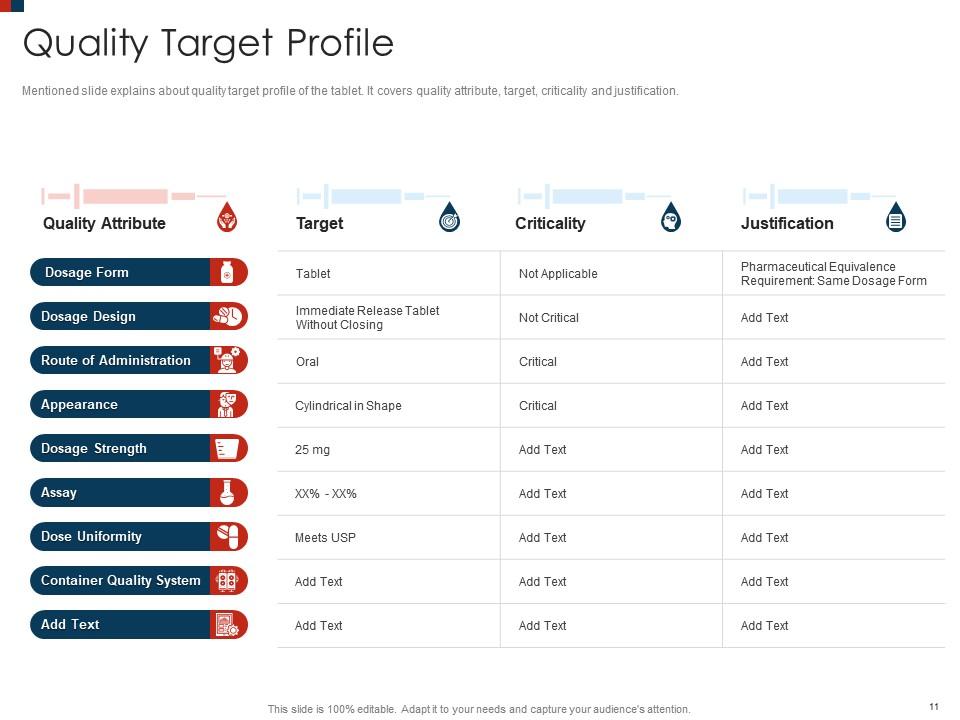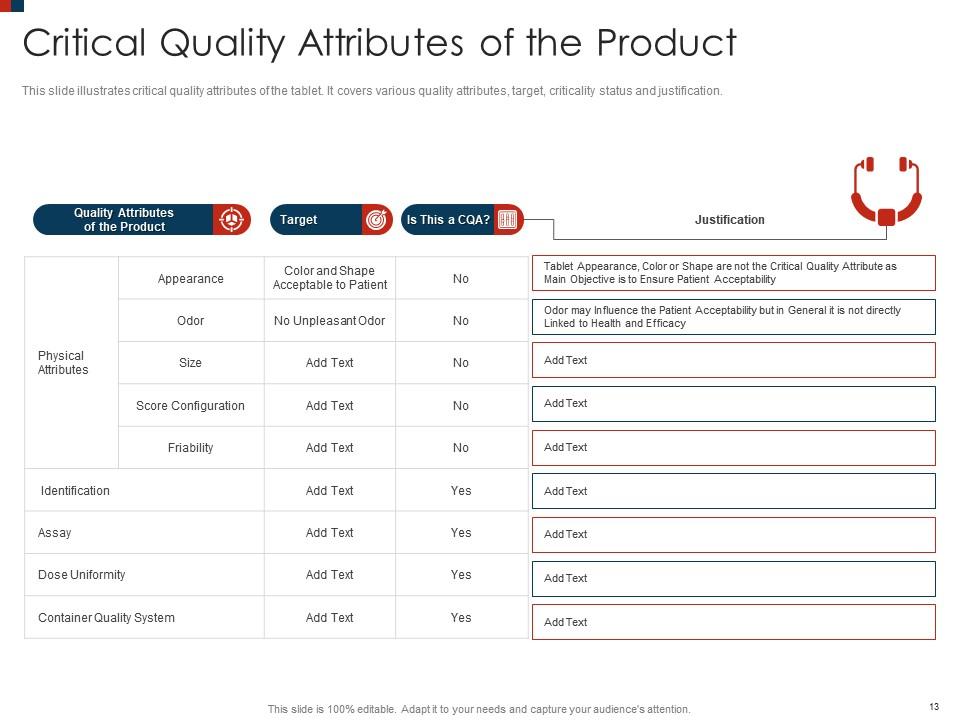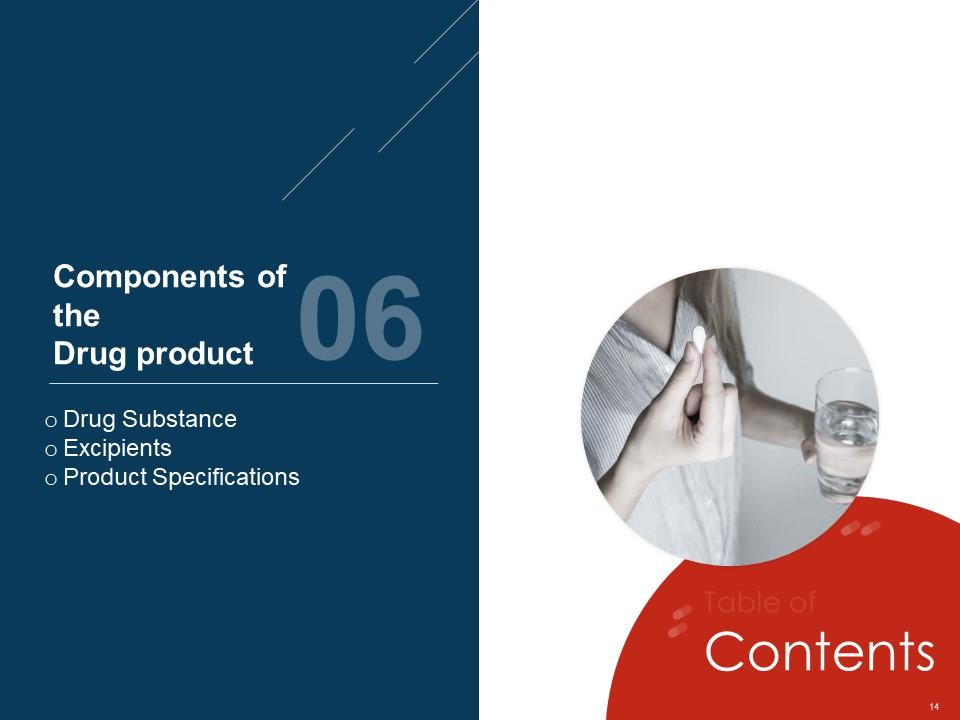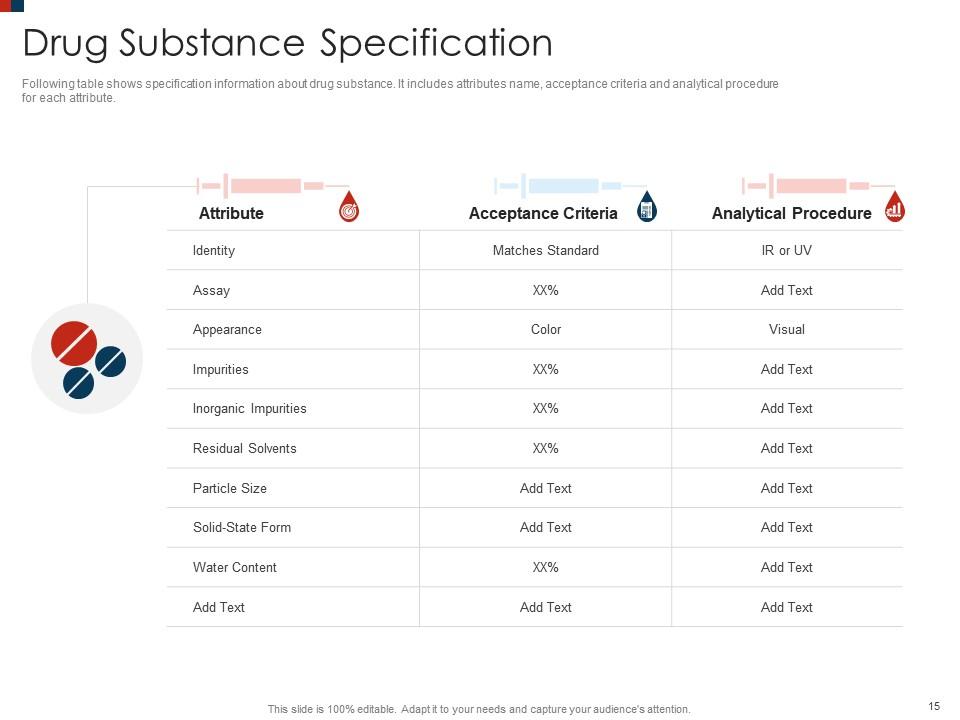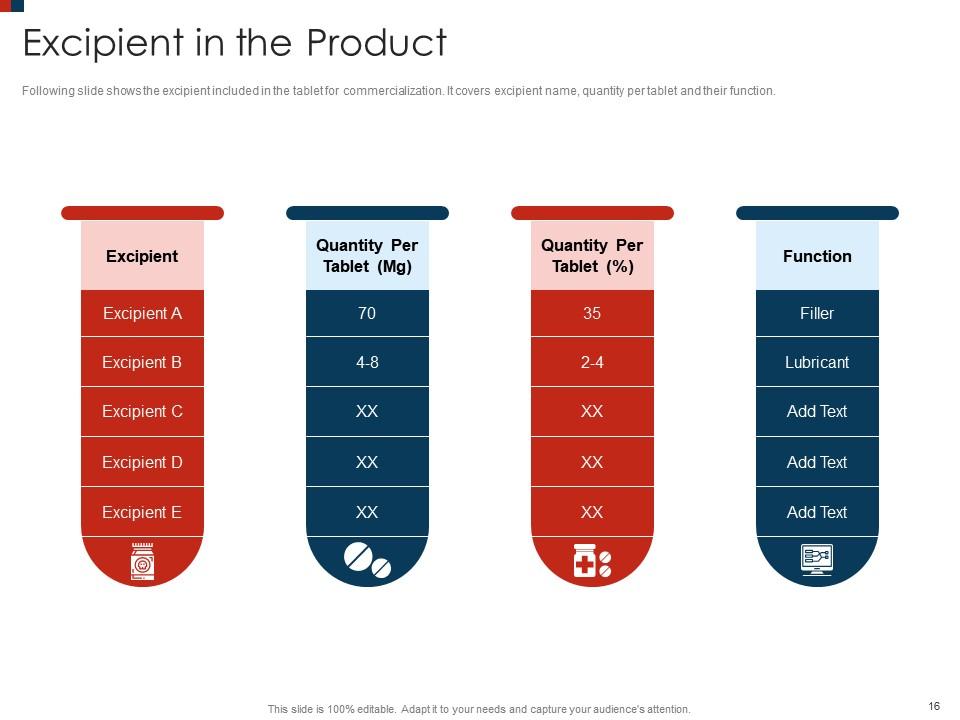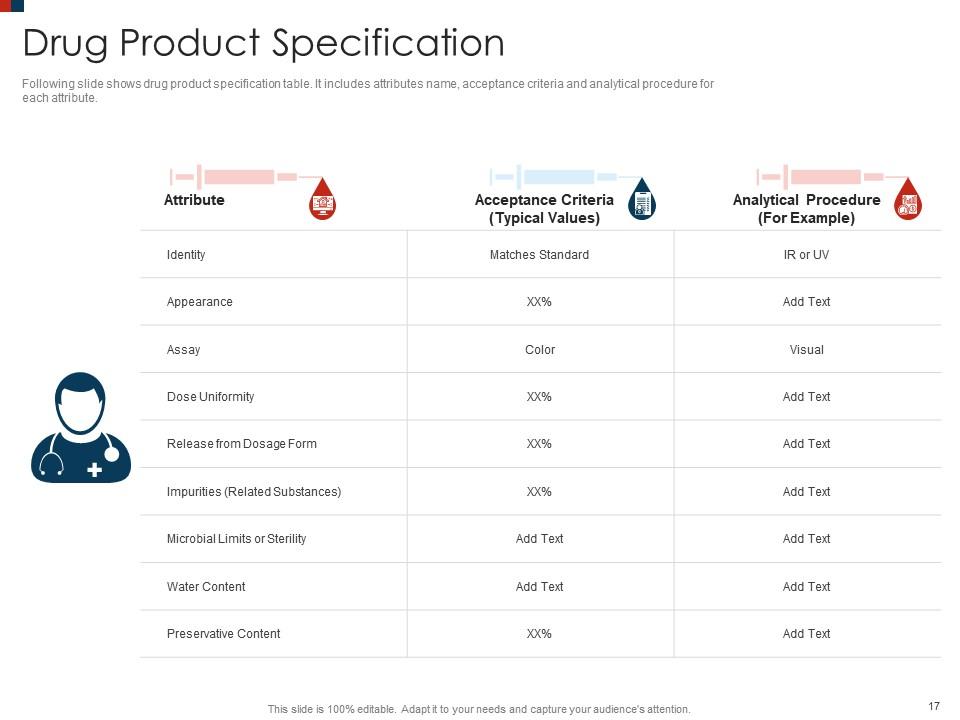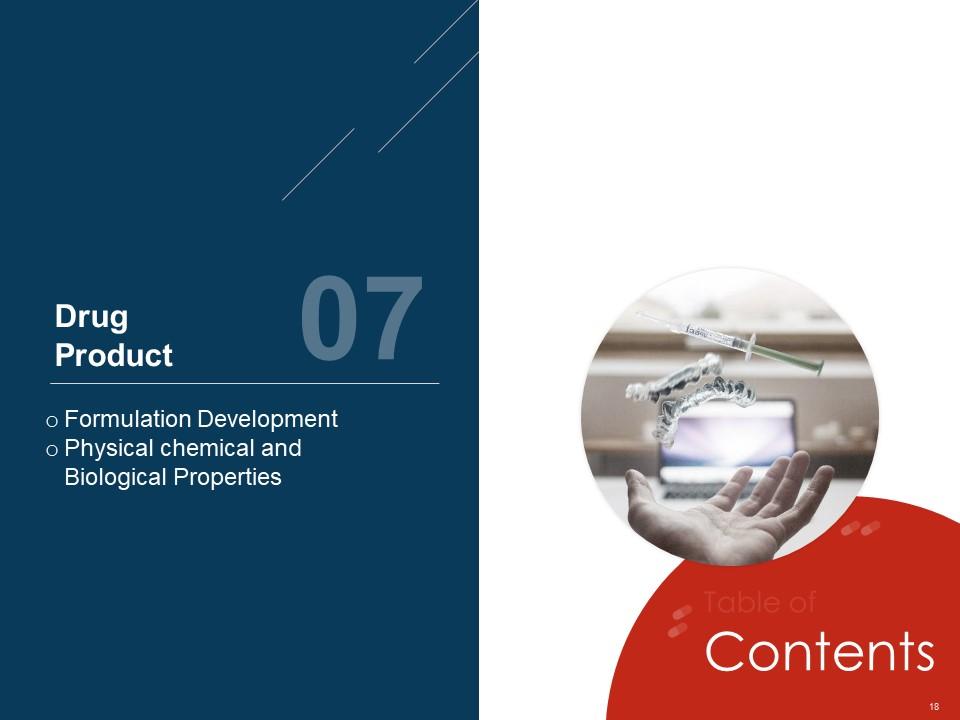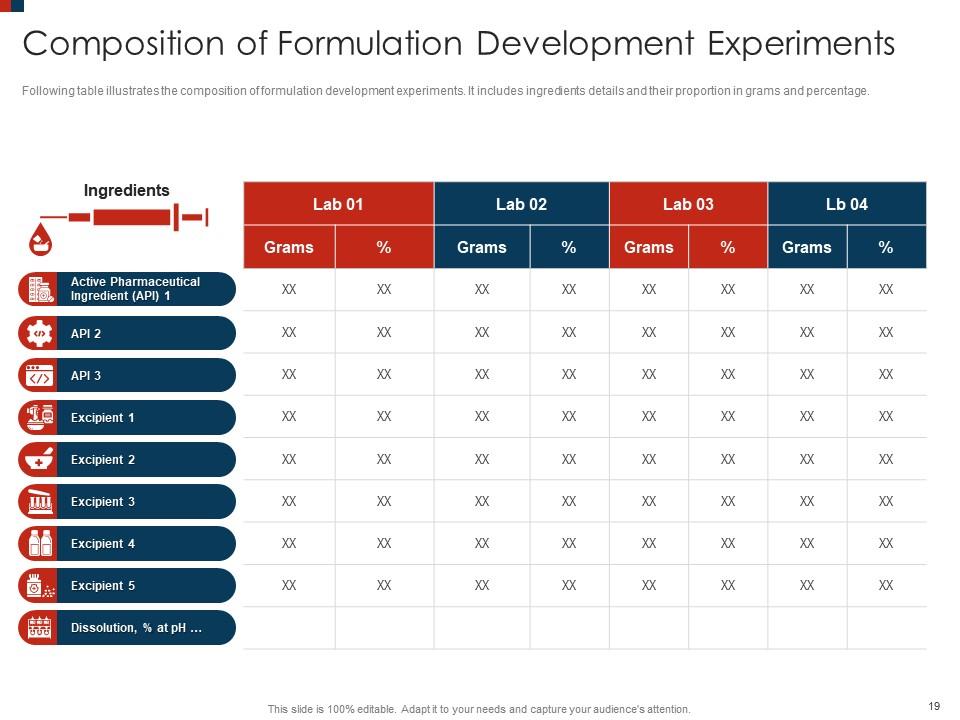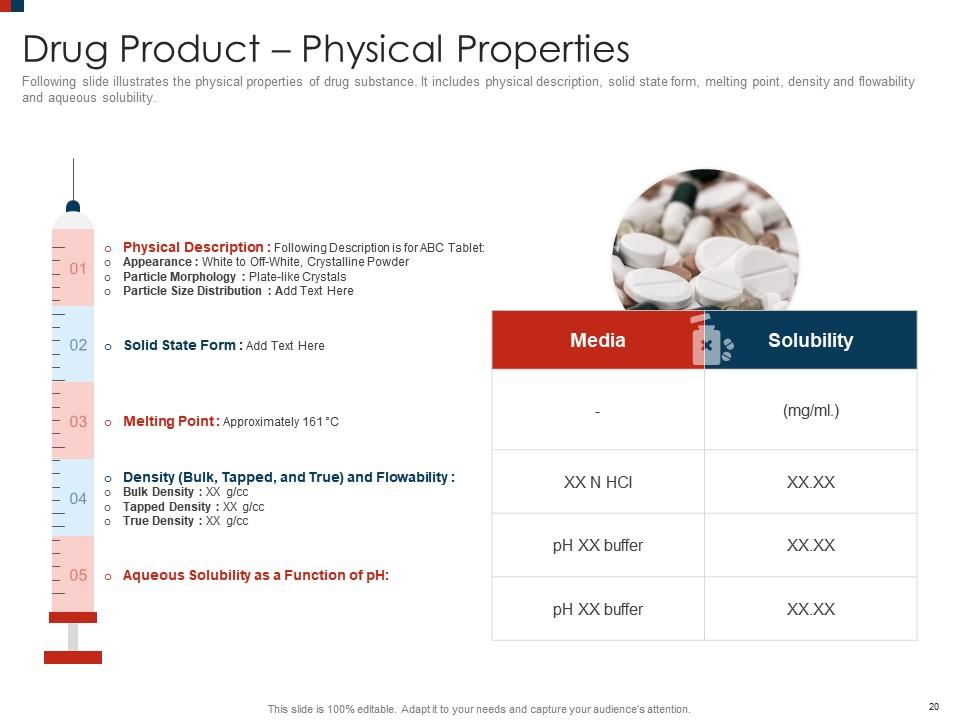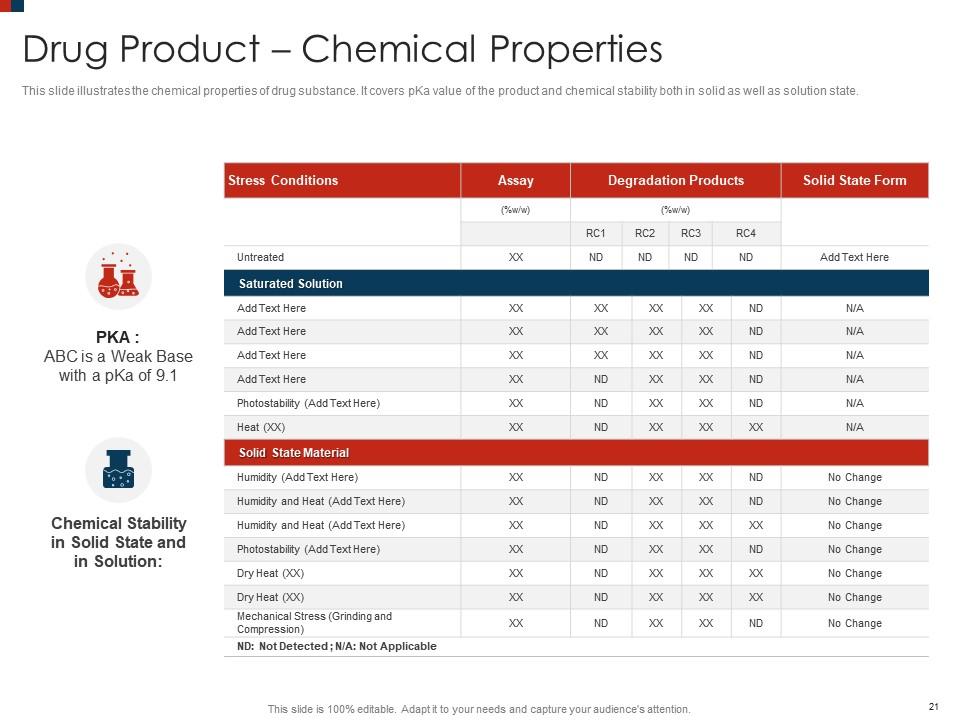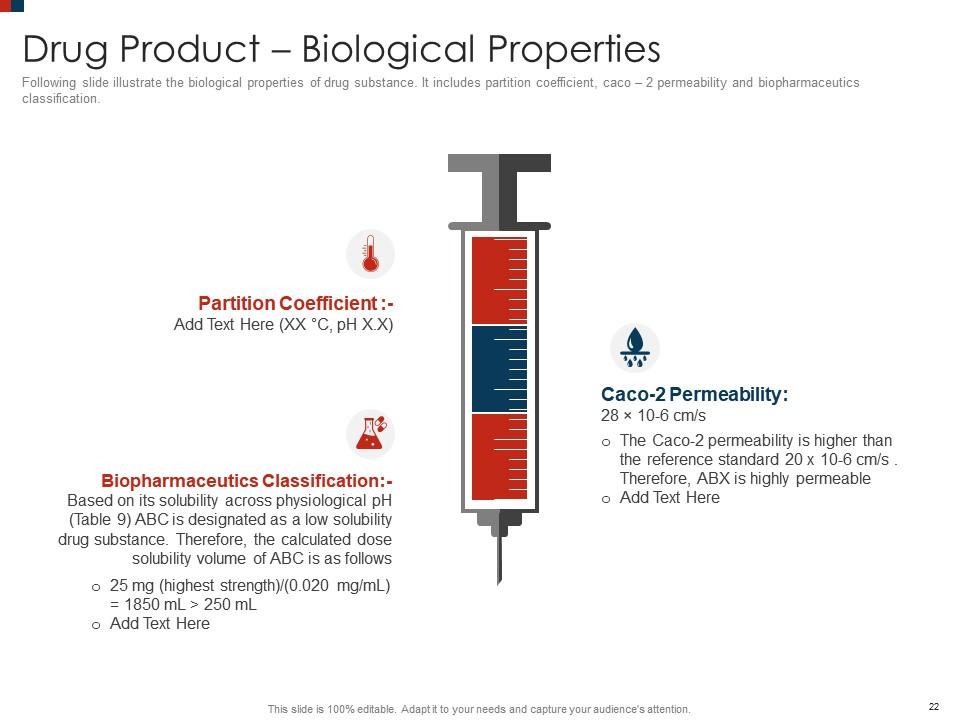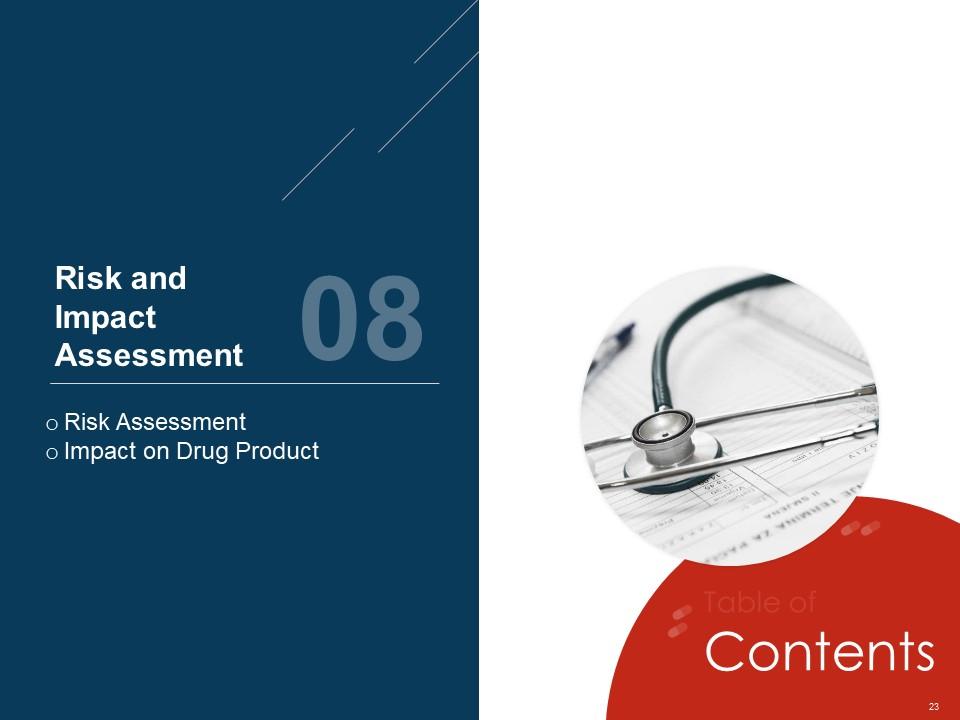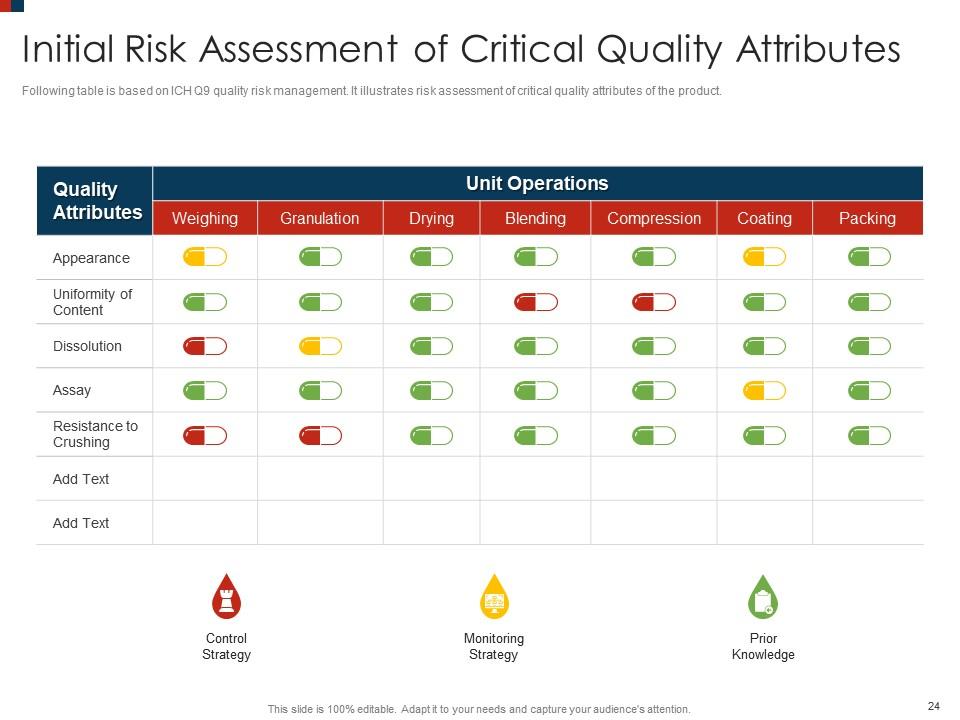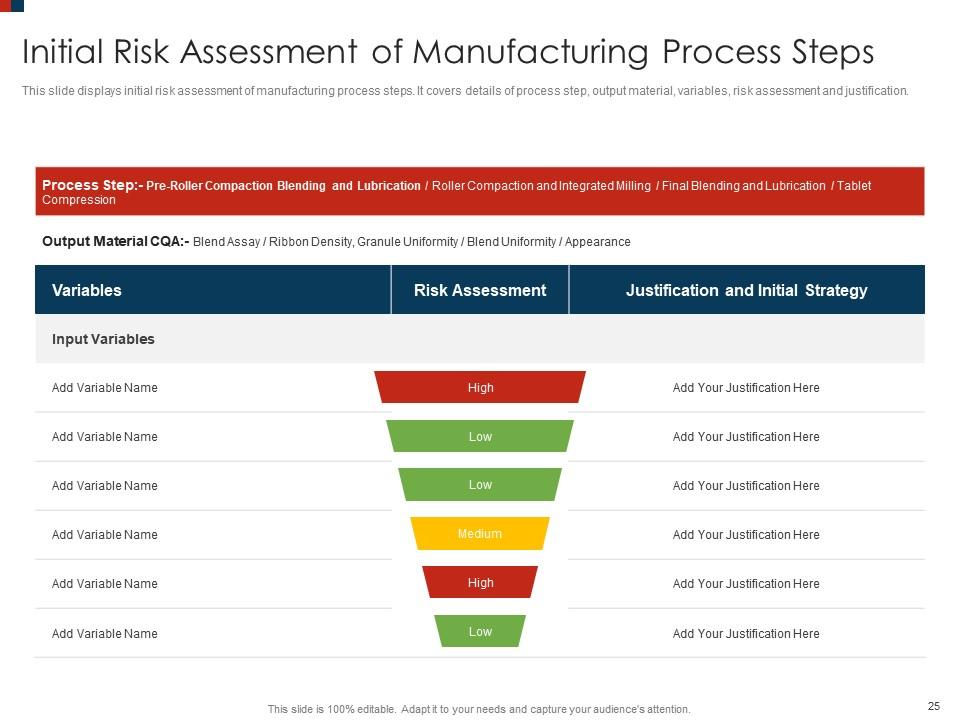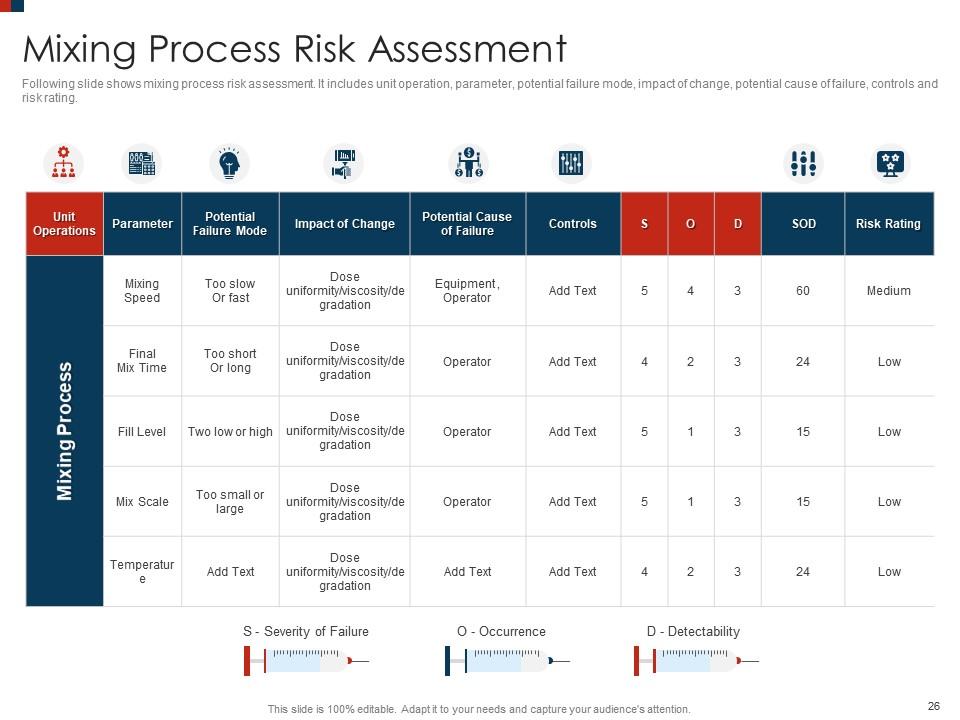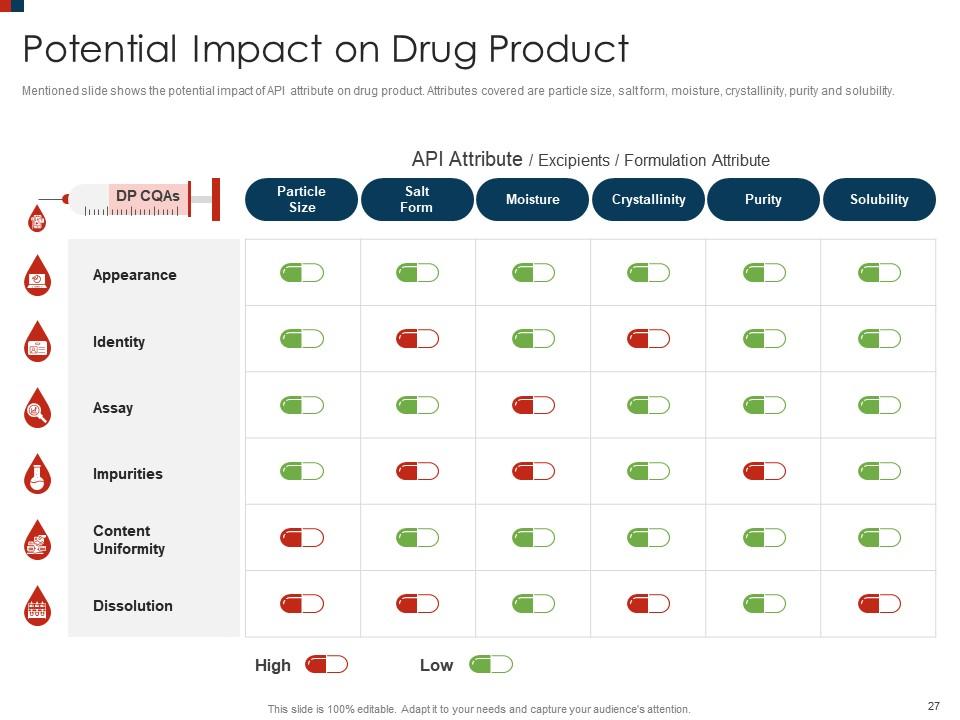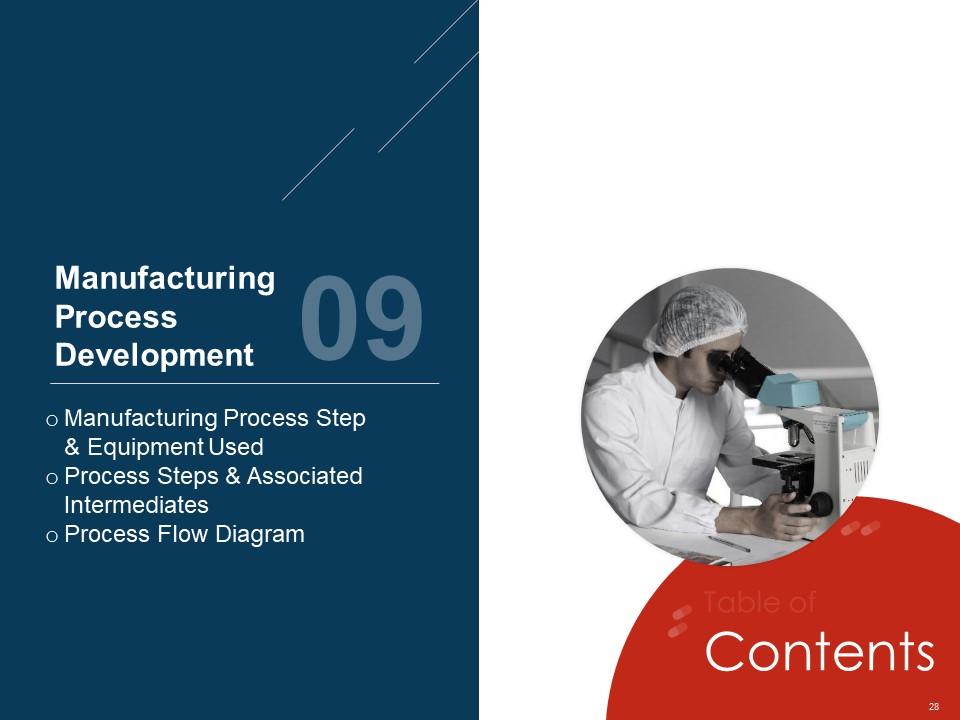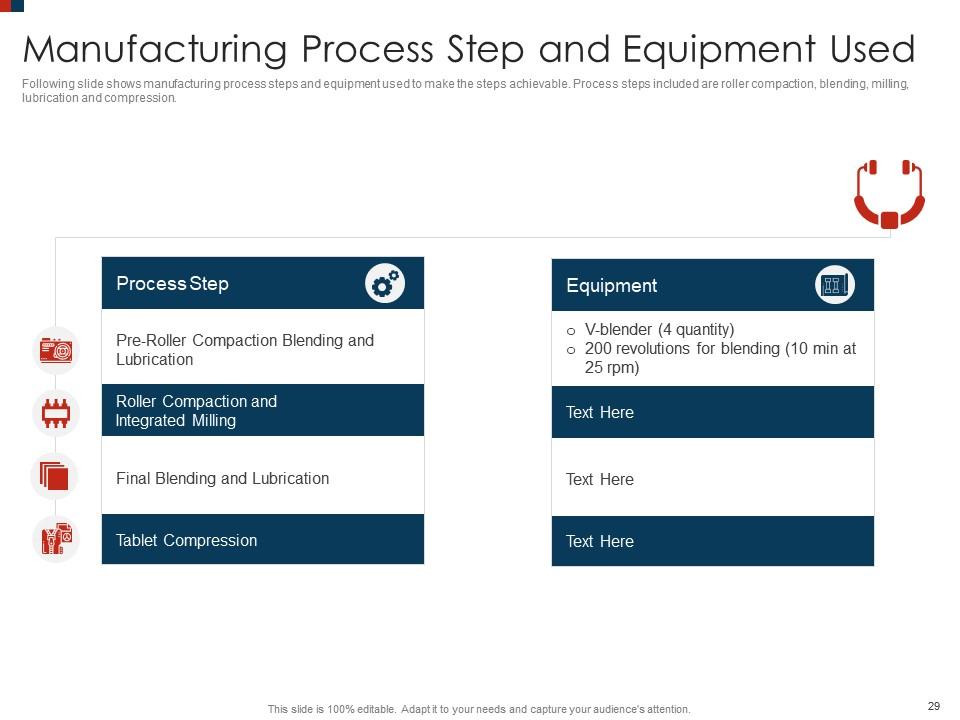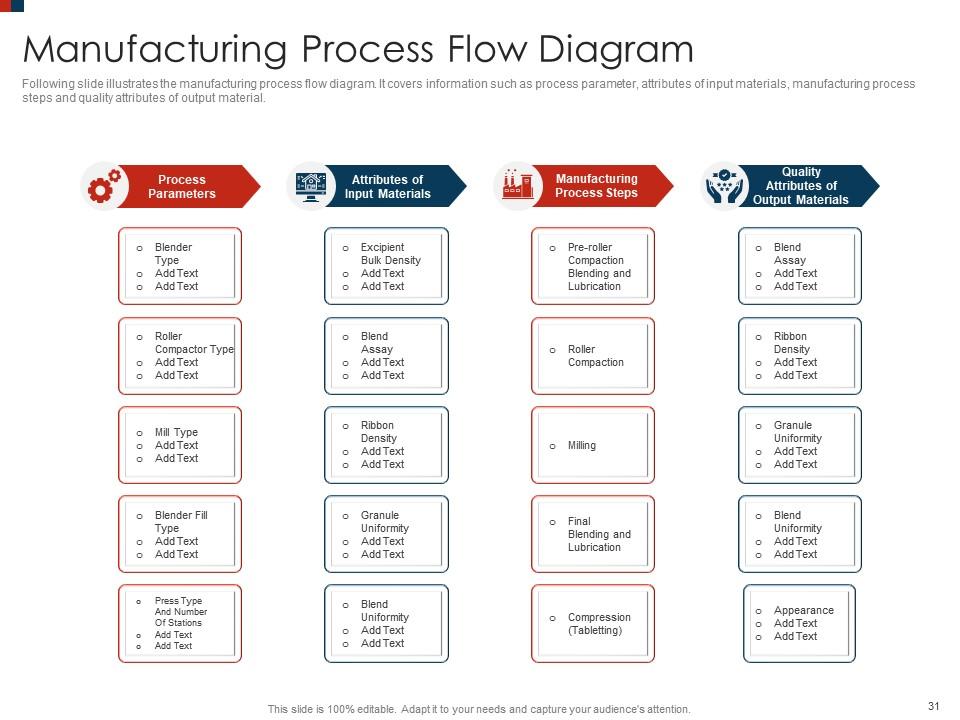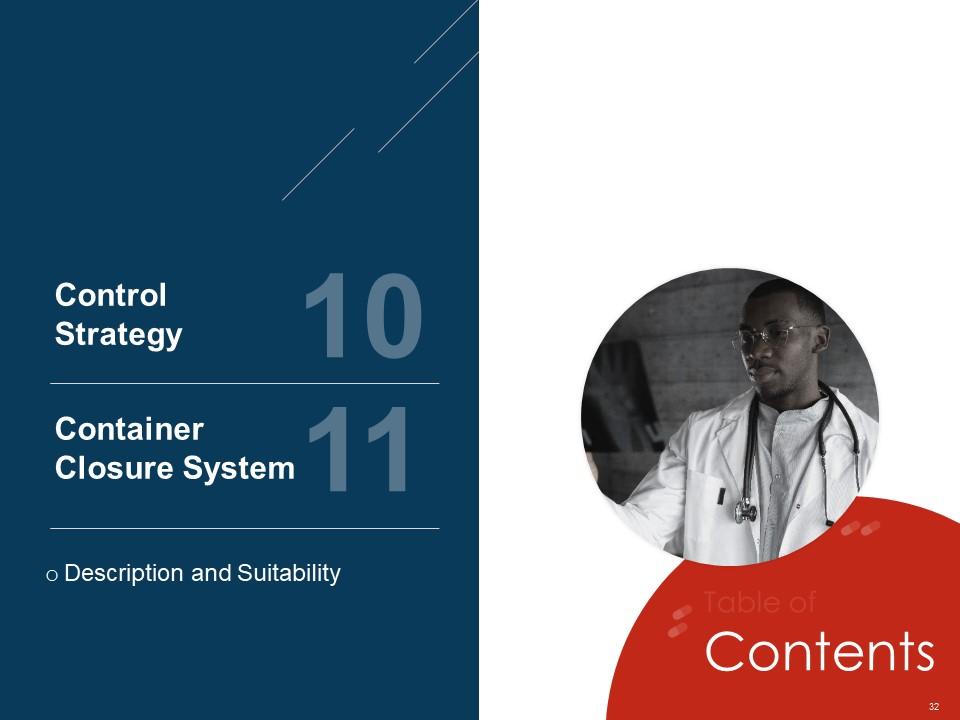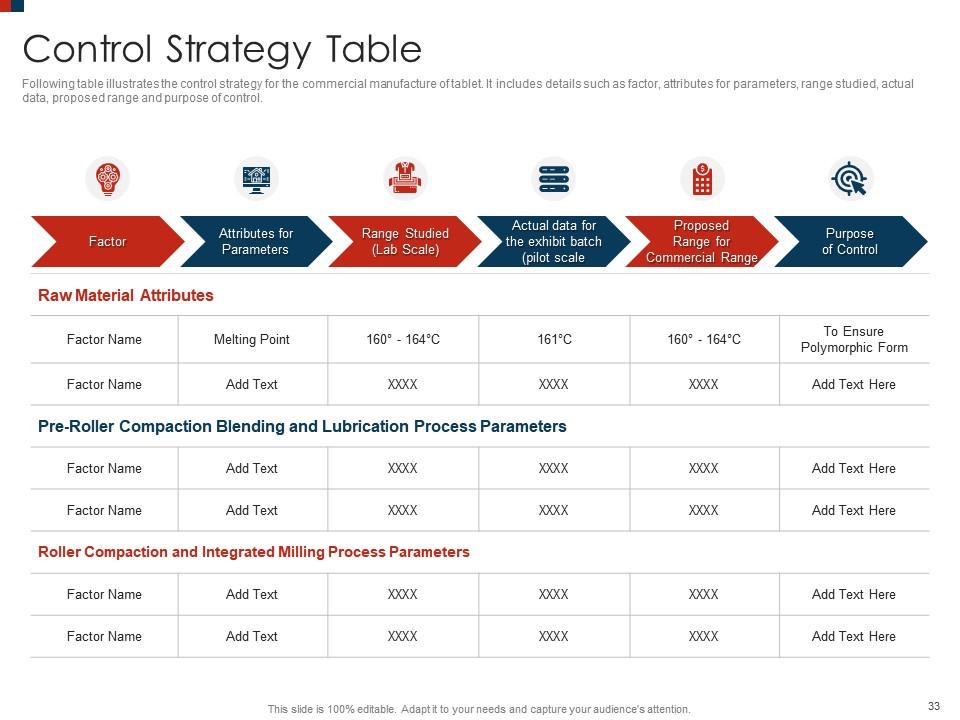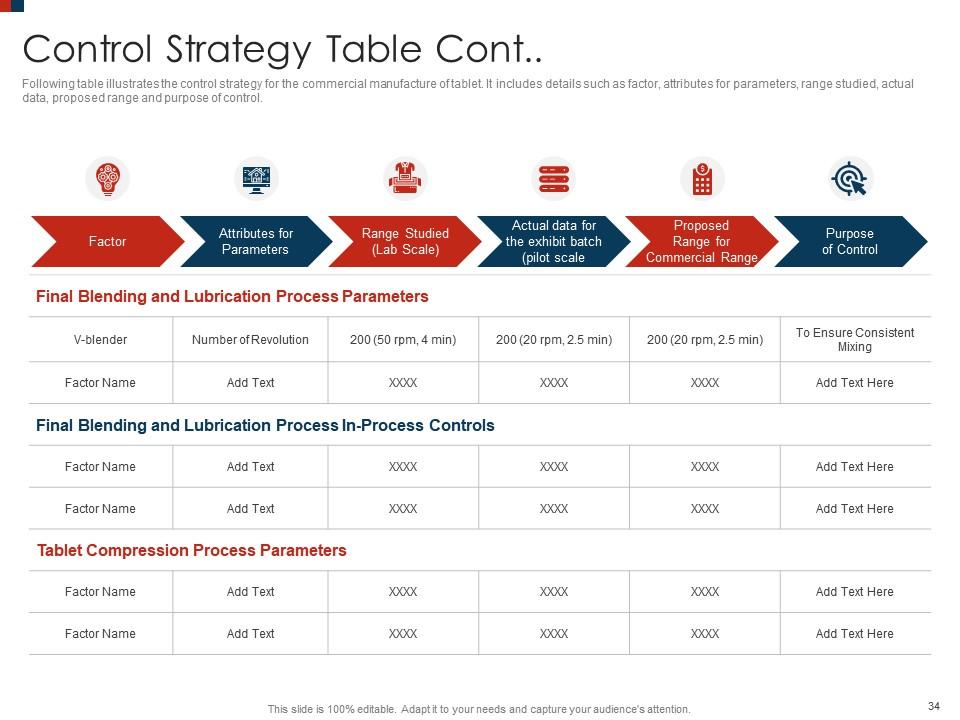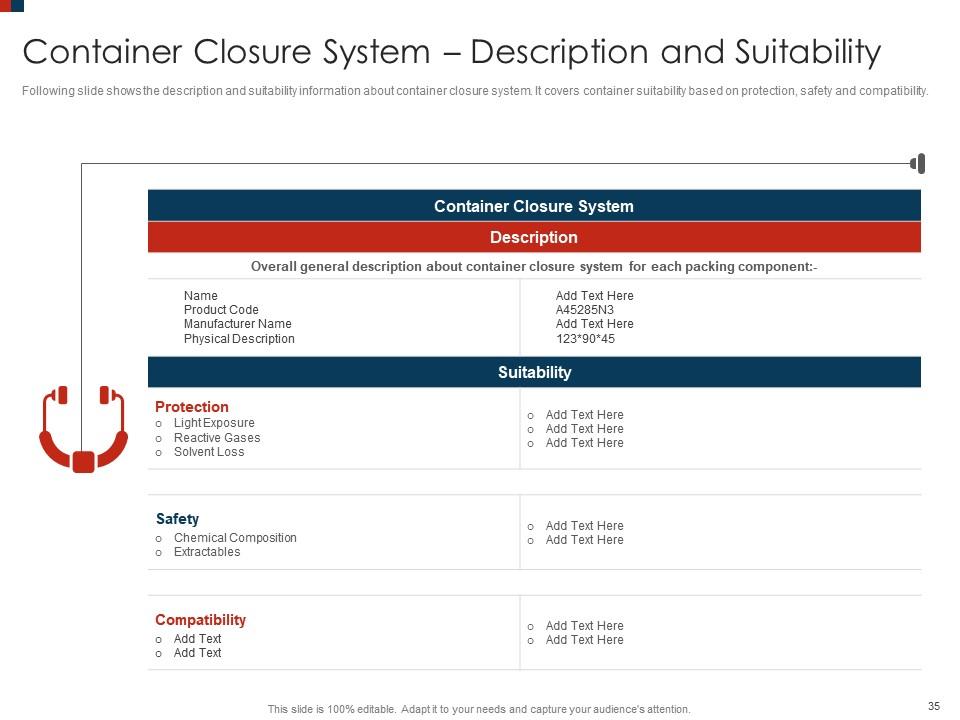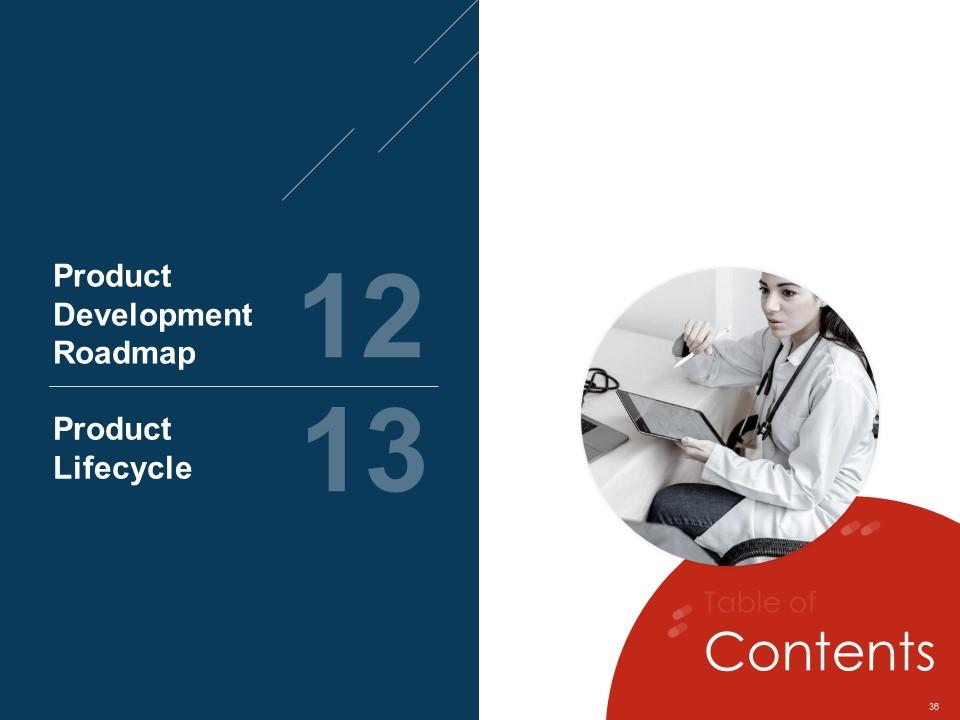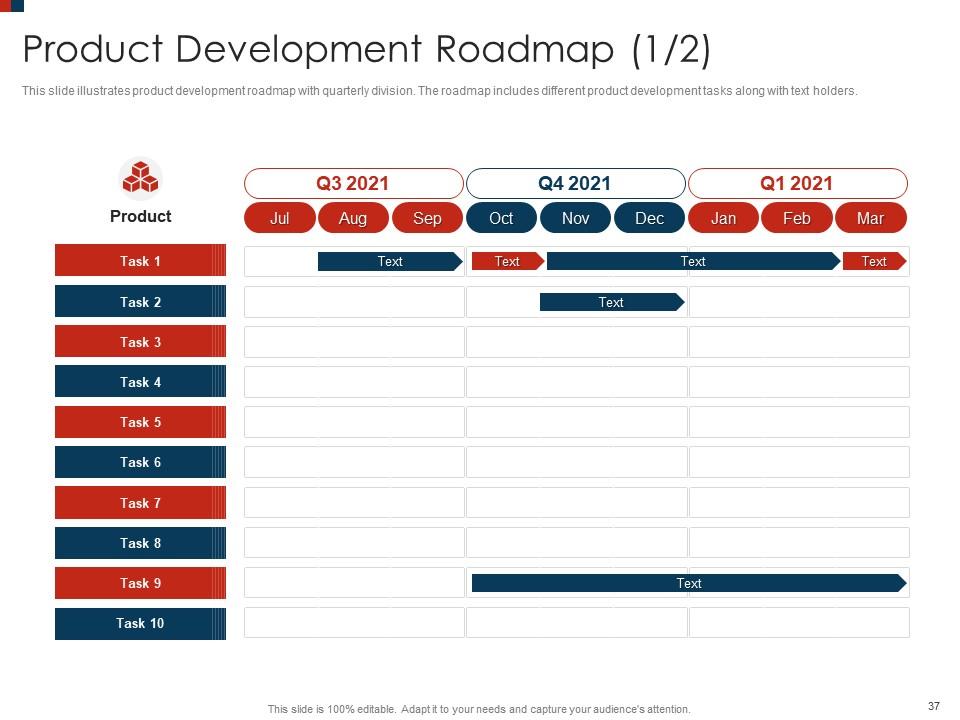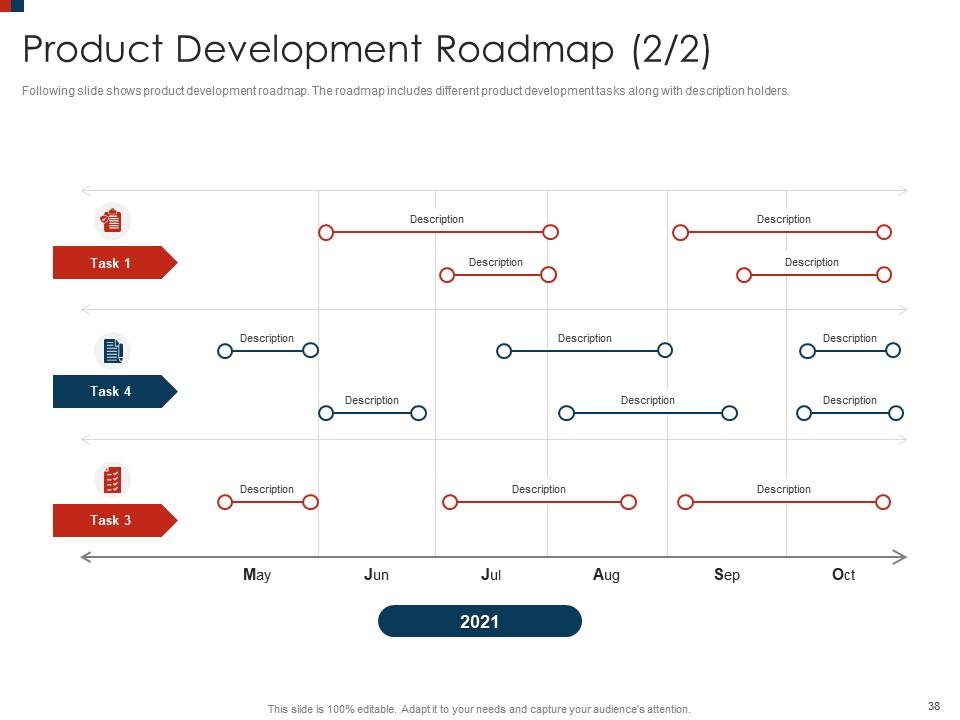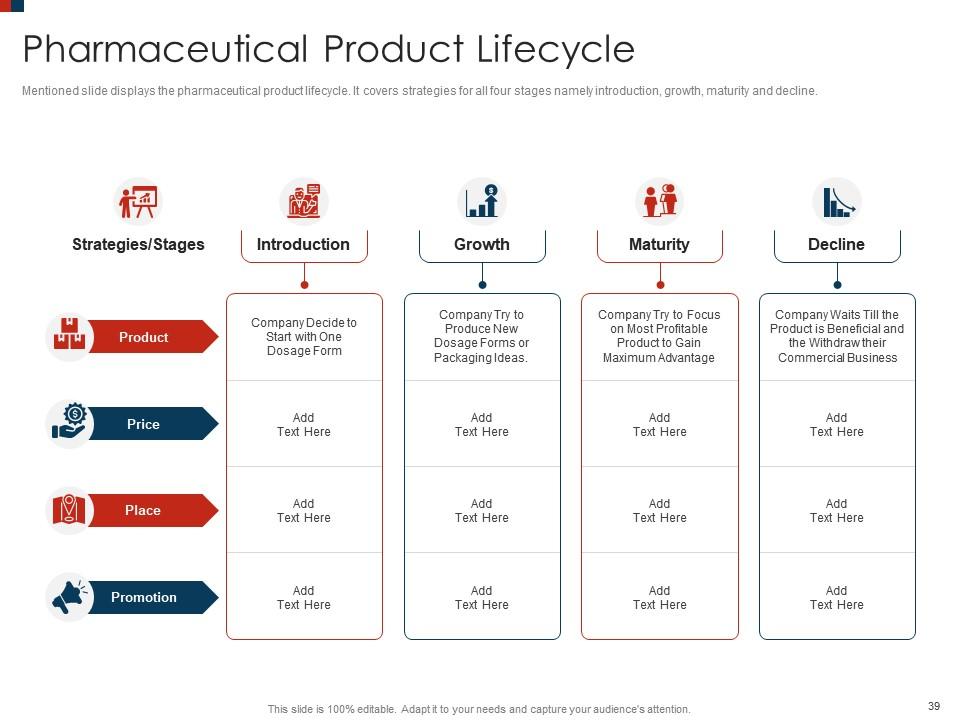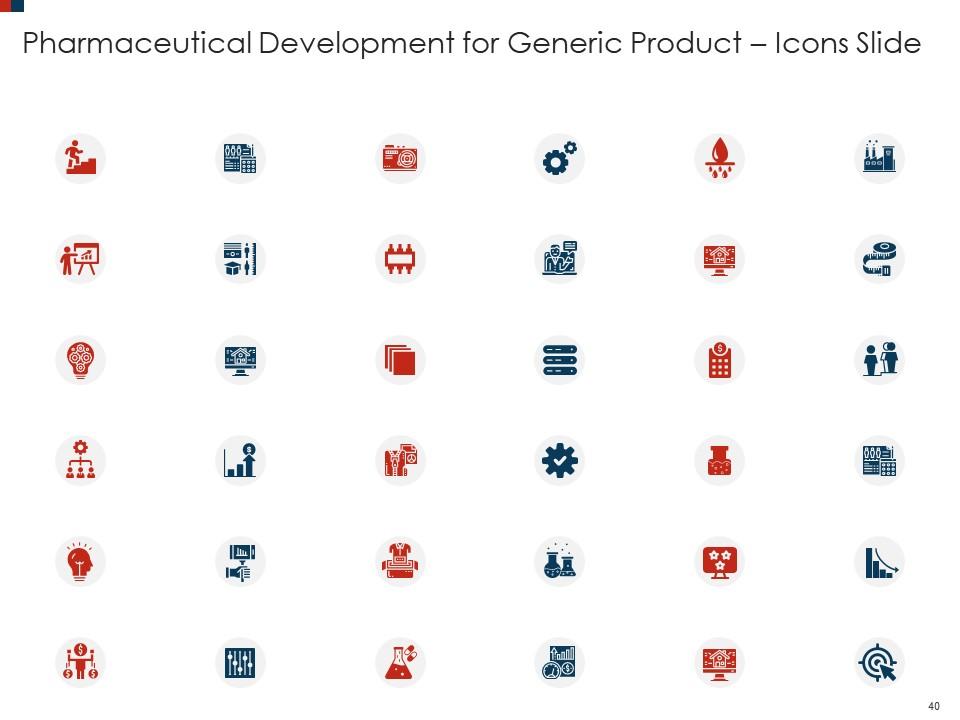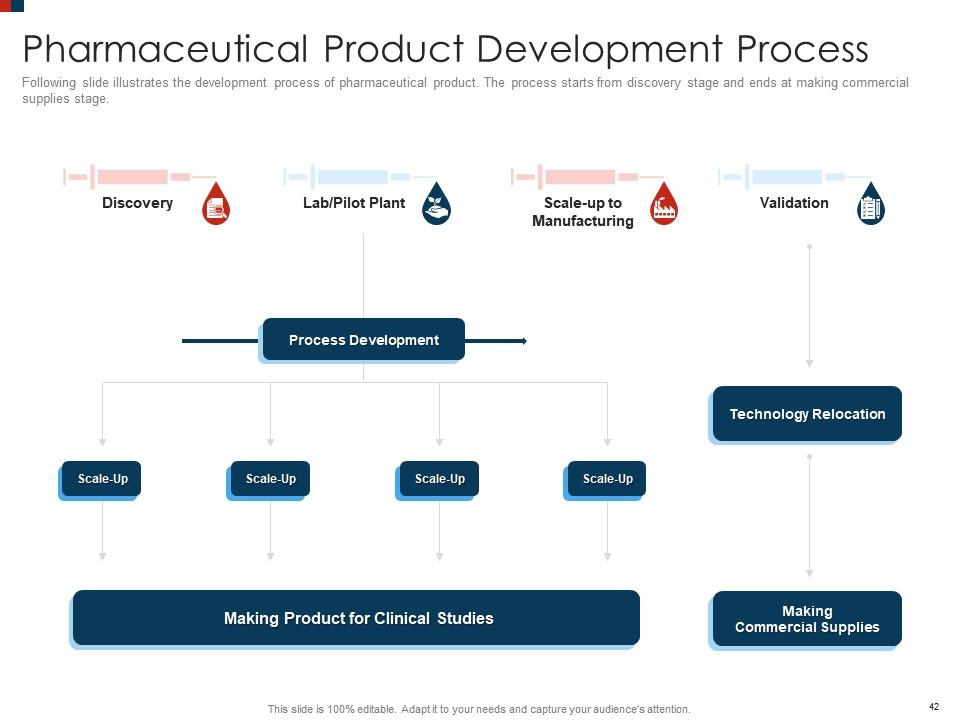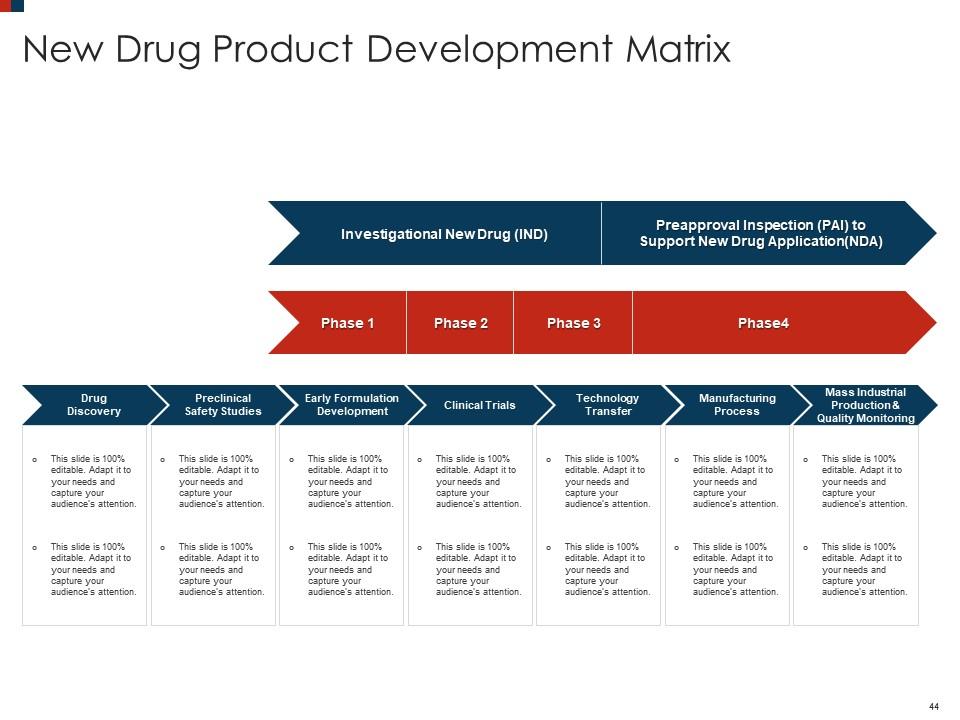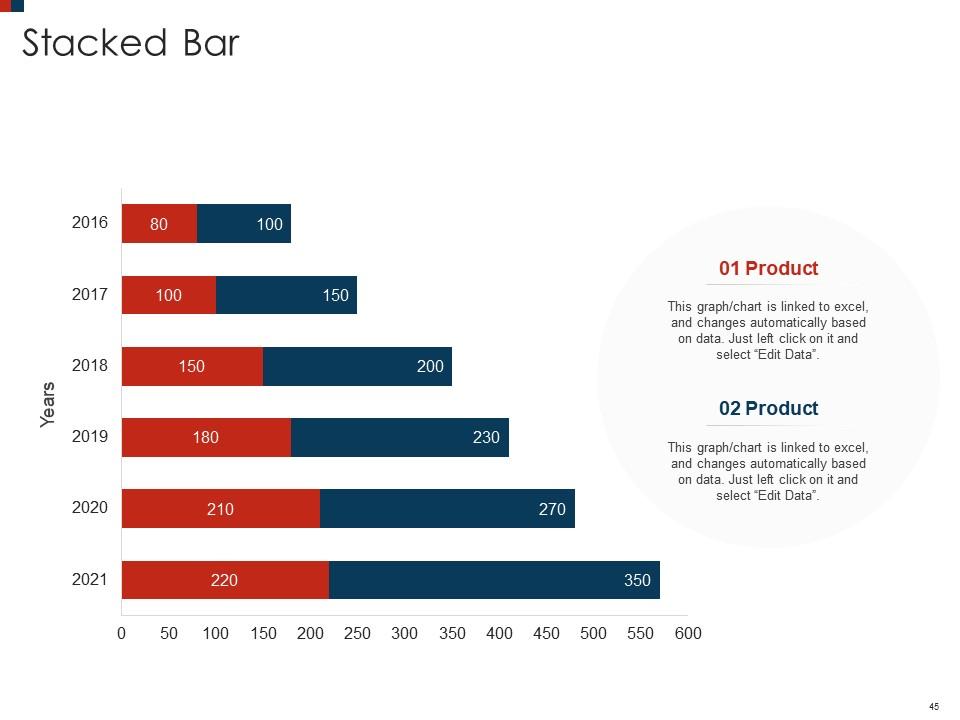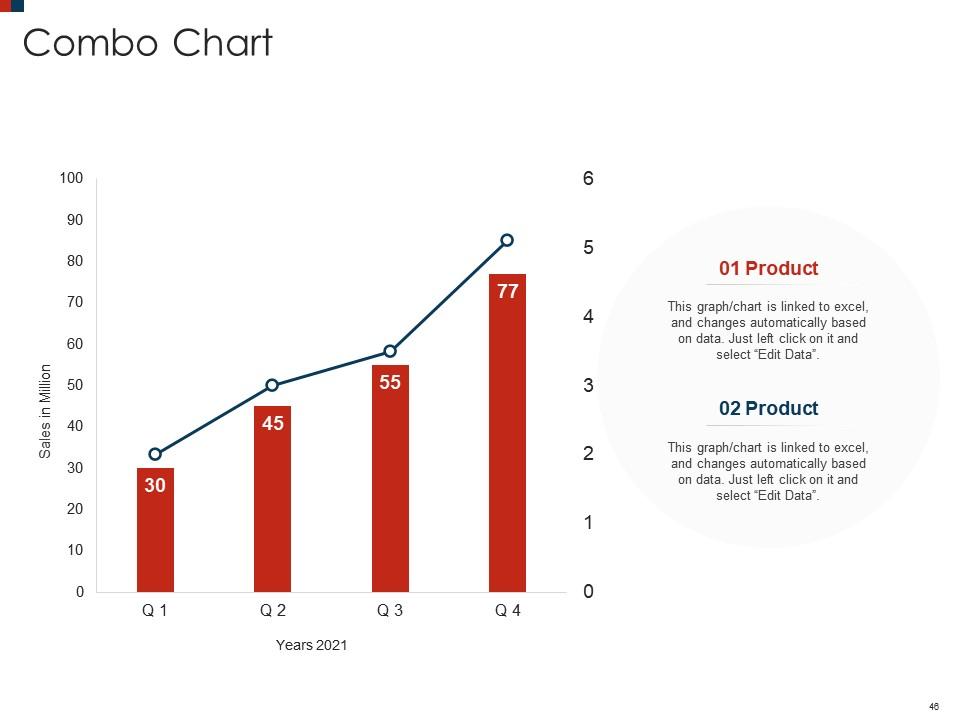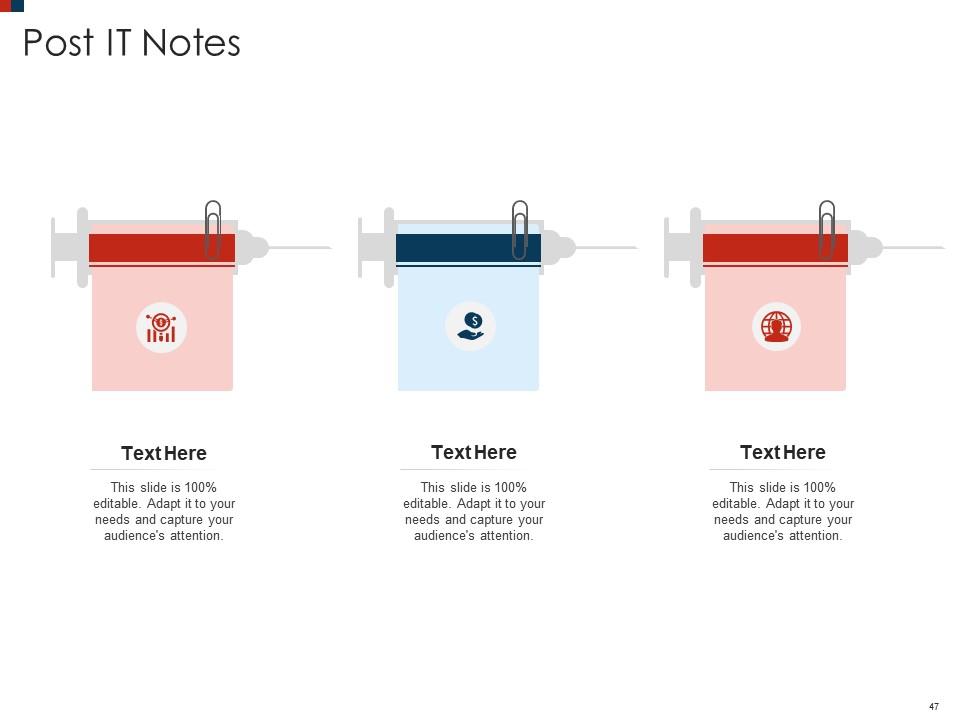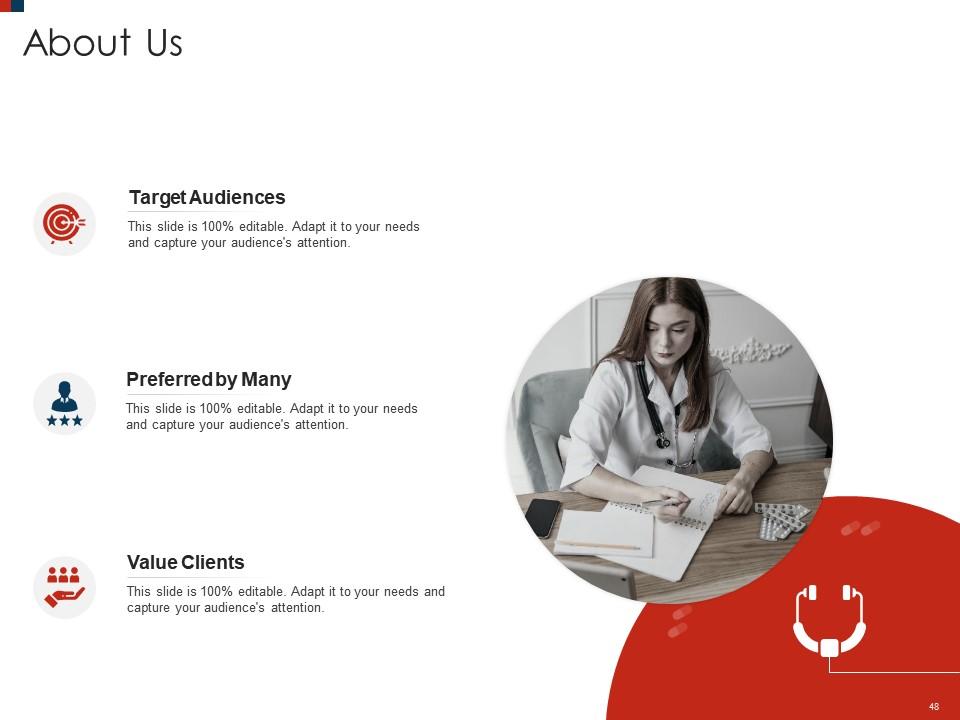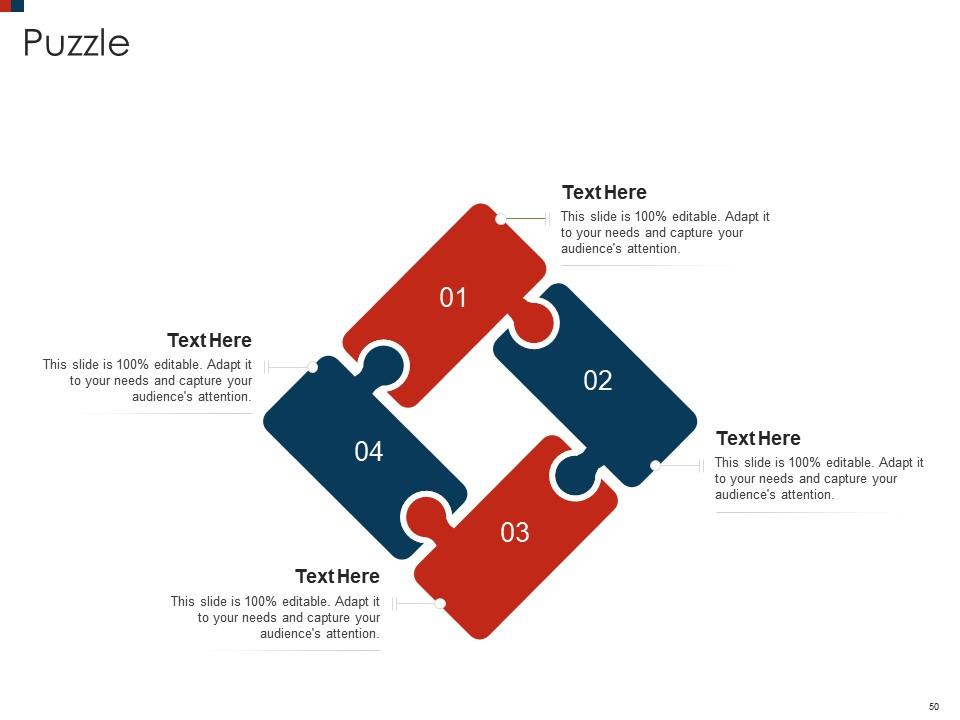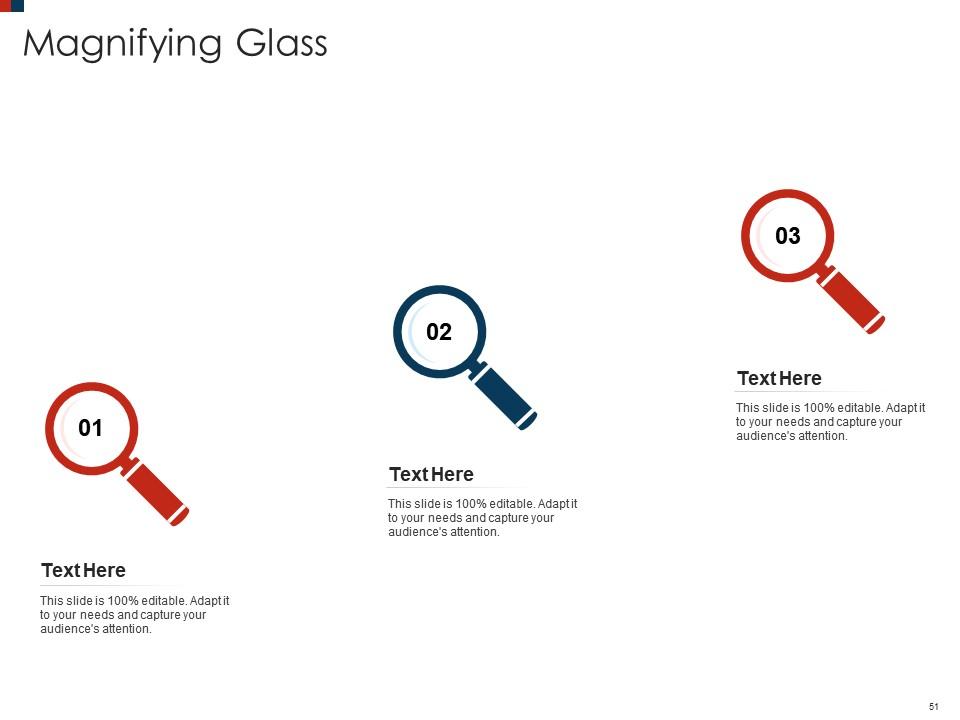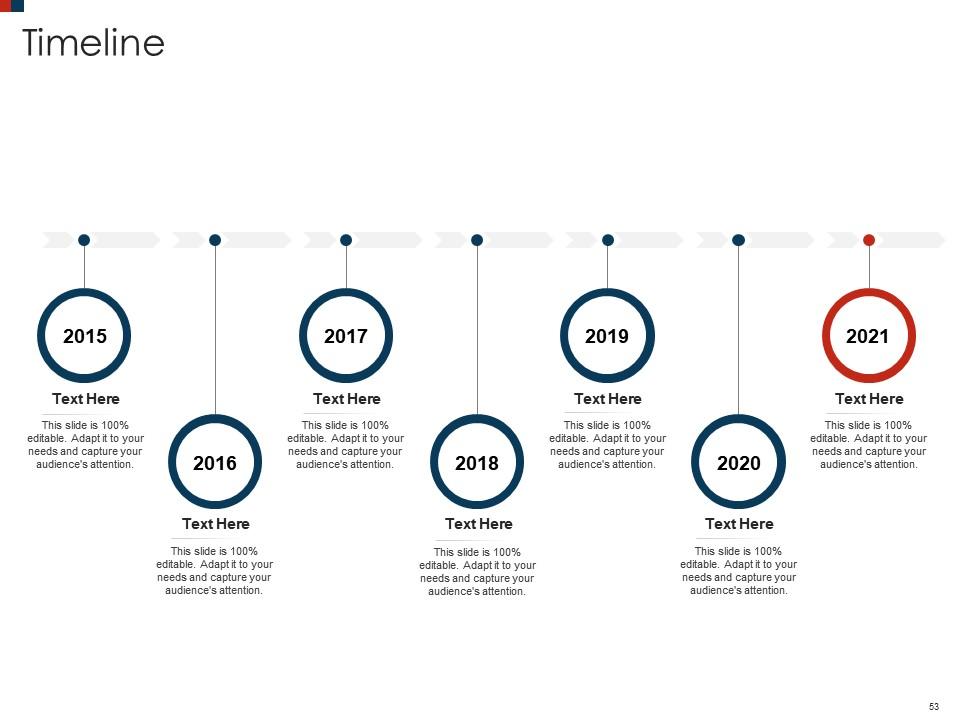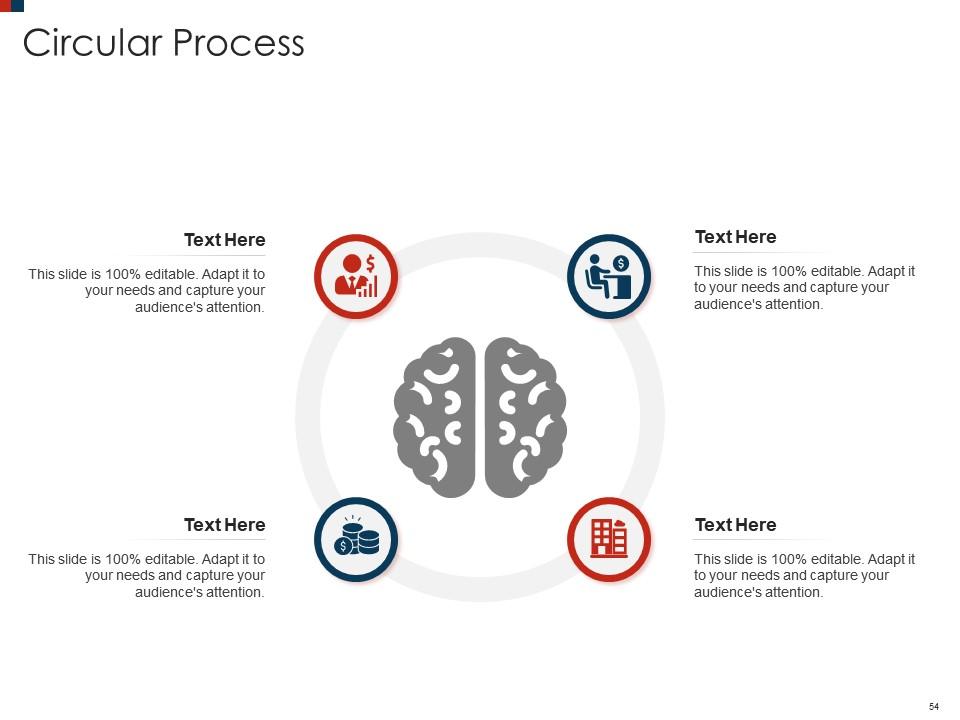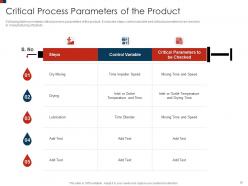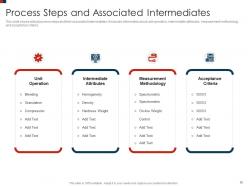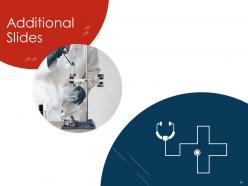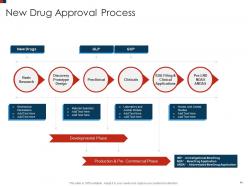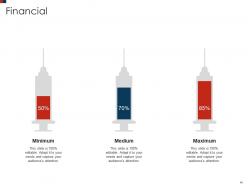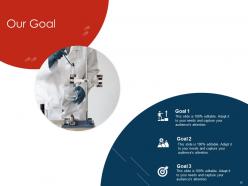Pharmaceutical development for generic product powerpoint presentation slides
Our Pharmaceutical Development For Generic Product Powerpoint Presentation Slides are topically designed to provide an attractive backdrop to any subject. Use them to look like a presentation pro.
- Google Slides is a new FREE Presentation software from Google.
- All our content is 100% compatible with Google Slides.
- Just download our designs, and upload them to Google Slides and they will work automatically.
- Amaze your audience with SlideTeam and Google Slides.
-
Want Changes to This PPT Slide? Check out our Presentation Design Services
- WideScreen Aspect ratio is becoming a very popular format. When you download this product, the downloaded ZIP will contain this product in both standard and widescreen format.
-

- Some older products that we have may only be in standard format, but they can easily be converted to widescreen.
- To do this, please open the SlideTeam product in Powerpoint, and go to
- Design ( On the top bar) -> Page Setup -> and select "On-screen Show (16:9)” in the drop down for "Slides Sized for".
- The slide or theme will change to widescreen, and all graphics will adjust automatically. You can similarly convert our content to any other desired screen aspect ratio.
Compatible With Google Slides

Get This In WideScreen
You must be logged in to download this presentation.
PowerPoint presentation slides
Deliver this complete deck to your team members and other collaborators. Encompassed with stylized slides presenting various concepts, this Pharmaceutical Development For Generic Product Powerpoint Presentation Slides is the best tool you can utilize. Personalize its content and graphics to make it unique and thought provoking. All the fifty five slides are editable and modifiable, so feel free to adjust them to your business setting. The font, color, and other components also come in an editable format making this PPT design the best choice for your next presentation. So, download now.
People who downloaded this PowerPoint presentation also viewed the following :
Content of this Powerpoint Presentation
Slide 1: This slide is titled “Pharmaceutical Development for Generic Product.” State your company name and get started.
Slide 2: This slide is titled “Agenda for Pharmaceutical Development for Generic Product.” It provides scientific information about the development of new drug products and the following manufacturing process.
Slide 3: This slide is titled “Table of Contents.” It covers Overview of Pharmaceutical Development, Information on Active Pharmaceutical Ingredients (API), Quality Target Product Profile, etc.
Slide 4: This slide is titled “Table of Contents.” It covers Introduction to Overview of Pharmaceutical Development.
Slide 5: This slide is titled “Overview of Pharmaceutical Development.” It addresses the pharmaceutical development of ABC tablets containing existing active pharmaceutical ingredients (APIs) of QPR origin.
Slide 6: This slide is titled “Table of Contents.” It covers General Information, Physicochemical Description, Composition, and Information on Active Pharmaceutical Ingredients (API).
Slide 7: This slide is titled “General Information on Active Pharmaceutical Ingredients.” It displays general information on active pharmaceutical ingredients. It covers ingredient name registration status and applications of each ingredient.
Slide 8: This slide is titled “Physicochemical Description of the Product.” It illustrates the physicochemical description of the tablet. It includes information such as batch number, expiry date, average weight, coating, and other physical statistics.
Slide 9: This slide is titled “Composition of the Product.” It provides the composition information about the tablet to be developed. It covers the ingredient name, its function, and its units.
Slide 10: This slide is titled “Table of Contents.” It shows Quality Target Product Profile, Critical Process Parameter, and Critical Quality Attributes.
Slide 11: This slide is titled “Quality Attribute.” It shows Target, Criticality, Justification, Dosage Form, Dosage Design, Dosage Strength, Dose Uniformity, etc.
Slide 12: This slide is titled “Critical Process Parameters of the Product.” The following table summarizes the critical process parameters of the product. It includes steps, control variables, and critical parameters to be checked in the manufacturing of tablets.
Slide 13: This slide is titled “Critical Quality Attributes of the Product.” It illustrates the critical quality attributes of the tablet. It covers various quality attributes, targets, criticality status, and justification.
Slide 14: This slide is titled “Table of Contents.” It shows Drug Substance, Excipients, Product Specifications, Components of the, and Drug product.
Slide 15: This slide is titled “Drug Substance Specification.” The following table shows specification information about drug substances. It includes attributes name, acceptance criteria, and analytical procedure for each attribute.
Slide 16: This slide is titled “Excipient in the Product.” It shows the excipient included in the tablet for commercialization. It covers excipient name, and quantity per tablet, and their function.
Slide 17: This slide is titled “Drug Product Specification.” It shows the drug product specification table. It includes attributes name, acceptance criteria, and analytical procedure for each attribute.
Slide 18: This slide is titled “Table of Contents.” It shows Formulation Development, Physical-chemical and Biological Properties, and Drug Products.
Slide 19: This slide is titled “Composition of Formulation Development Experiments.” The following table illustrates the composition of formulation development experiments. It includes ingredients details and their proportion in grams and percentage.
Slide 20: This slide is titled “Drug Product – Physical Properties.” It illustrates the physical properties of the drug substances. It includes physical description, solid-state form, melting point, density and flowability, and aqueous solubility.
Slide 21: This slide is titled “Drug Product – Chemical Properties.” It illustrates the chemical properties of the drug substance. It covers the pKa value of the product and chemical stability both in solid as well as solution state.
Slide 22: This slide is titled “Drug Product – Biological Properties.” It illustrates the biological properties of the drug substance. It includes partition coefficient, caco – 2 permeability, and biopharmaceutics classification.
Slide 23: This slide is titled “Table of Contents.” It includes Risk Assessment, Impacts on Drug Products, and Risk and Impact Assessment.
Slide 24: This slide is titled “Initial Risk Assessment of Critical Quality Attributes.” The following table is based on ICH Q9 quality risk management. It illustrates the risk assessment of critical quality attributes of the product.
Slide 25: This slide is titled “Initial Risk Assessment of Manufacturing Process Steps.” It shows the initial risk assessment of manufacturing process steps. It covers details of process step, output material, variables, risk assessment, and justification.
Slide 26: This slide displays Mixing Process Risk Assessment.” It shows a mixing process risk assessment. It includes unit operation, parameter, potential failure mode, the impact of change, a potential cause of failure, controls, and risk rating.
Slide 27: This slide displays the Potential Impact on Drug Products. The mentioned template shows the potential impact of the API attribute on the drug product. Attributes covered are particle size, salt form, moisture, crystallinity, purity, and solubility.
Slide 28: This slide is titled “Table of Contents.” It shows Manufacturing Process Step & Equipment Used, Process Steps & Associated Intermediates, Process Flow Diagram, and Manufacturing Process Development.
Slide 29: This slide is titled “Manufacturing Process Step and Equipment Used.” It shows manufacturing process steps and equipment used to make the steps achievable. Process steps included are roller compaction, blending, milling, lubrication, and compression.
Slide 30: This slide is titled “Process Steps and Associated Intermediates.” It shows critical process steps and their associated intermediates. It includes information about the unit operation, intermediate attributes, measurement methodology, and acceptance criteria.
Slide 31: This slide is titled “Manufacturing Process Flow Diagram.” It illustrates the manufacturing process flow diagram. It covers information such as process parameters, attributes of input materials, manufacturing process steps, and quality attributes of output material.
Slide 32: This slide is titled “Table of Contents.” It shows Description and Suitability, Control Strategy, and Container Closure System.
Slide 33: This slide is titled “Control Strategy Table.” The following table illustrates the control strategy for the commercial manufacture of tablets. It includes details such as factors, attributes for parameters, range studied, actual data, and proposed range and purpose of control.
Slide 34: This slide is titled “Control Strategy Table Cont.” The following table illustrates the control strategy for the commercial manufacture of tablets. It includes details such as factors, attributes for parameters, range studied, actual data, proposed range, and purpose of control.
Slide 35: This slide is titled “Container Closure System – Description and Suitability.” It shows the description and suitability information about the container closure system. It covers container suitability based on protection, safety, and compatibility.
Slide 36: This slide is titled “Table of Contents.” It shows the Product Development Roadmap and Product Lifecycle.
Slide 37: This slide is titled “Product Development Roadmap (1/2).” It illustrates the product development roadmap with quarterly division. The roadmap includes different product development tasks along with text holders.
Slide 38: This slide is titled “Product Development Roadmap (2/2).” It shows the product development roadmap. The roadmap includes different product development tasks along with description holders.
Slide 39: This slide is titled “Pharmaceutical Product Lifecycle.” The mentioned template displays the pharmaceutical product lifecycle. It covers strategies for all four stages namely introduction, growth, maturity, and decline.
Slide 40: This slide is titled “Pharmaceutical Development for Generic Product – Icons Slide.” You can use this icon slide for various use cases.
Slide 41: This slide is titled “Additional Slides.”
Slide 42: This slide is titled “Pharmaceutical Product Development Process.” It illustrates the development process of a pharmaceutical product. The process starts from the discovery stage and ends at the making commercial supplies stage.
Slide 43: This slide is titled “New Drug Approval Process.” This shows the Developmental Phase, Production & Pre- Commercial Phase, IND - Investigational New Drug, NDA - New Drug Application, and ANDA - Abbreviated New Drug Application.
Slide 44: This slide is titled “New Drug Product Development Matrix.” It shows Investigational New Drug (IND), Preapproval Inspection (PAI) to Support New Drug Application (NDA), and Manufacturing Process.
Slide 45: This slide is titled “Stacked Bar.” This slide shows a bar graph that compares 2 products’ sales over a timeline of financial years.
Slide 46: This slide is titled “Combo Chart.” This slide shows a bar graph that compares 2 products’ sales over a timeline of financial years.
Slide 47: This slide is titled “Post it Notes.” Add your ideas in this template.
Slide 48: This slide contains the information about the company aka the ‘About Us’ section. This includes the Valued Clients, the Target Audience, and Preferred by Many.
Slide 49: This slide shows a bar graph that compares 3 products’ sales over a timeline of financial years.
Slide 50: This slide is titled “Puzzle.” You can use this template to display your product or an idea implementation technique.
Slide 51: This slide presents a Magnifying Glass to give more details about the individual steps in a project.
Slide 52: This slide is titled “Goal.” Add your long-term and short-term goals.
Slide 53: This slide is a Timeline template to showcase the progress of the steps of a project with time.
Slide 54: This slide presents a Circular Diagram and the components that make up a project or concept.
Slide 55: This is a Thank You slide where details such as the address, contact number, and email address are added.
Pharmaceutical development for generic product powerpoint presentation slides with all 55 slides:
Use our Pharmaceutical Development For Generic Product Powerpoint Presentation Slides to effectively help you save your valuable time. They are readymade to fit into any presentation structure.
-
Use of different colors is good. It's simple and attractive.
-
Very well designed and informative templates.
-
Thanks for all your great templates they have saved me lots of time and accelerate my presentations. Great product, keep them up!
-
The content is very helpful from business point of view.
-
Excellent template with unique design.



